On the second day of our road trip up to Queensland (3 weeks to drive up) 28th September 2024 we stopped at Beowa National Park our first stop was Disaster Bay Lookout where you can drive right up to the lookout which is on a dirt road, the views are amazing it reminded me of Wine Glass Bay in Tasmania which is also worth visiting. You do have to pay a $8.00 park fee at Disaster Bay where you fill out your details and put the money in a envelope that is provided and then put it in the box on the right hand side of the information board.
Our next stop in the national park was Green Cape Lookout where it’s only a 200 metre walk to the lighthouse and is suitable for anyone, there is also toilets at the start of the walk. The day we visited it was really windy so it made it harder to get videos and photos and we didn’t stay long. We also saw a black snake that was venomous and crossed from one side of the track to the other side, so keep an eye out for them. If you do see one don’t panic, just stop and stay calm and slowly back away from it and let it move away. They are usually chasing the sun to keep themselves warm so they won’t attack you unless you provoke them. We saw 3 snakes in total while we were in the park two were on the dirt road while driving to each destination.
The third stop was Pulpit Rock which was only a 1.6km drive along a dirt track which was a turn off from the road that goes to the lighthouse, we didn’t know what it was but decided that it was worth checking out as it was a short drive. I am so glad we stopped here as once we took photos and videos at the lookout we went down the steps to see where it went, and another couple that were already there said they saw whales going past and breaching and flapping there flippers in the water and they were close to land. We got some amazing videos of the whales using my Nikon Coolpix camera which is a close up zoom.
Our last stop was Bittangabee Bay where we used the path in the picnic area just next to the carpark to get down to the bay and inlet but again it was really windy so we just got photos and videos for my blog, there was also a camp ground that a few people had set up camp because it was a long weekend due to the footy grand final which is big in Australia and then headed to our accommodation in Eden for our second nights stay.
Exploring Beowa National Park: A Coastal Gem in New South Wales
Located on the stunning Sapphire Coast of New South Wales, Beowa National Park (formerly known as Ben Boyd National Park) is a coastal wonderland brimming with natural beauty, rich history, and abundant wildlife. Stretching from the town of Eden in the north down to Green Cape, Beowa offers diverse landscapes, from rugged cliffs and quiet beaches to lush forests and scenic lookouts. For nature lovers, history buffs, and adventurers alike, this park is a must-visit destination.
Top Highlights of Beowa National Park
1. Explore Green Cape Lighthouse
Help Preserve Our Heritage Please protect the historical sites by avoiding interference with buildings and artifacts. Keeping these areas intact helps everyone connect with and appreciate our cultural past.
Guided Lighthouse Tours Get a firsthand look into the life of a lighthouse keeper with a guided tour of the historic lighthouse. Tours run most days—check the noticeboard or contact the NPWS Discovery Centre in Merimbula at (02) 6495 5000 for times, prices, and more details.
Stay the Night For an immersive experience, stay overnight in the assistant lightkeepers’ cottages. These cottages preserve the charm of the original rooms while offering modern amenities, including one with disabled access. To book, contact the NPWS Discovery Centre in Merimbula at (02) 6495 5000.
Explore the Lightstation Complex Set aside an hour to wander the Lightstation and learn about the small communities that once safeguarded early European trade routes. Interpretive signs throughout the complex share insights into the challenges and efforts of these isolated communities.
Walk on the Wild Side Beyond the Lightstation, the natural surroundings invite exploration. A short, ten-minute walk will take you to the rocky tip of the cape. Keep an eye out for seals, dolphins, and whales in the water, and seabirds like gannets and shearwaters overhead. Be cautious, as the rocks can be slippery, especially in rough weather.
Discover the Heathlands Venture into the coastal heathlands along the Light to Light walk. This salt-laden environment keeps vegetation low, bringing the wildlife to eye level. You might spot bachelor groups of Australian fur seals beyond the northern rocks, resting playfully in the waves.
Albatross Sightings In late winter to early spring, the Yellow-nosed Albatross can sometimes be seen gliding above the waves around Green Cape. During summer, they migrate south to breed on islands like Macquarie.
Light to Light Walk This coastal trek offers options for all—from a family stroll to an overnight hike for the adventurous. Start your journey from Bittangabee Bay, Saltwater Creek, or Boyds Tower. Be prepared by reading the trail brochures or checking trackhead signs.
Wilderness as Far as You Can See To the south lies the protected Nadgee Nature Reserve, extending into Victoria’s wilderness zone and preserving this rugged natural coastline.
Ben Boyd National Park Conserving our history and natural heritage, where nature and culture thrive together.
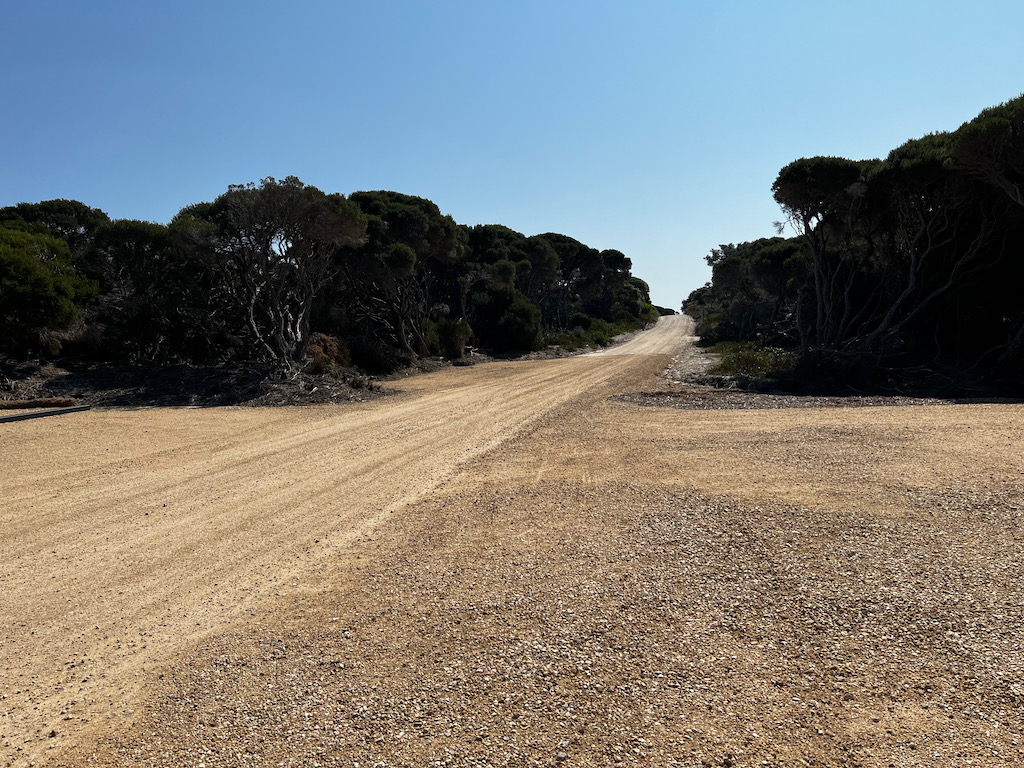
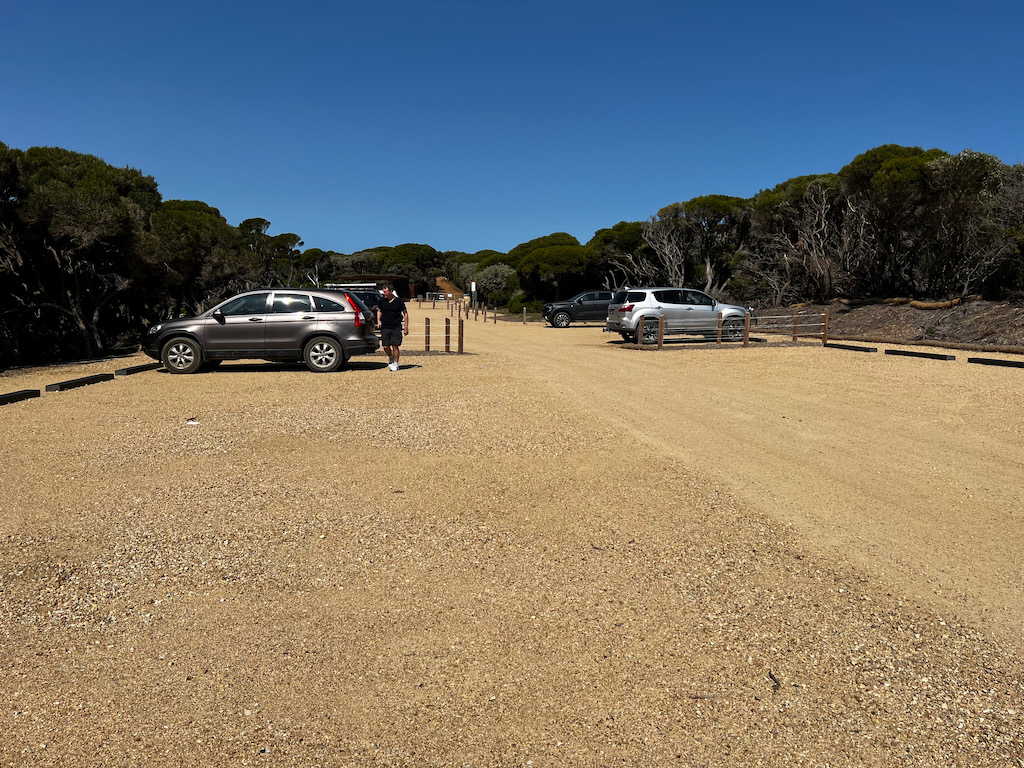
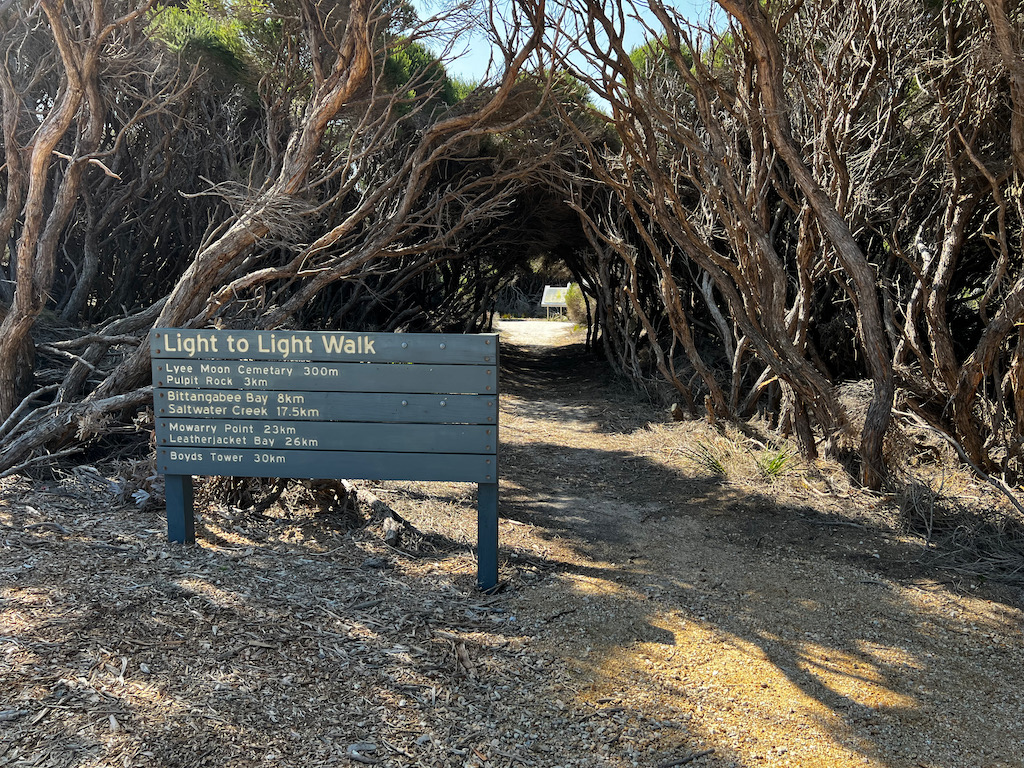
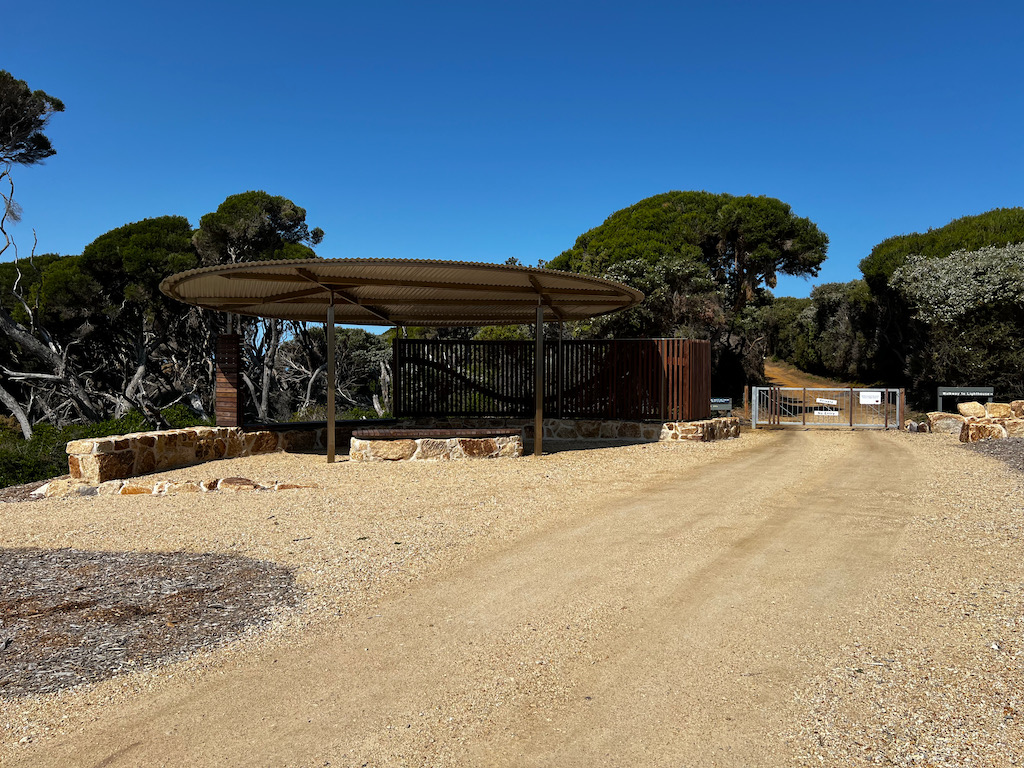
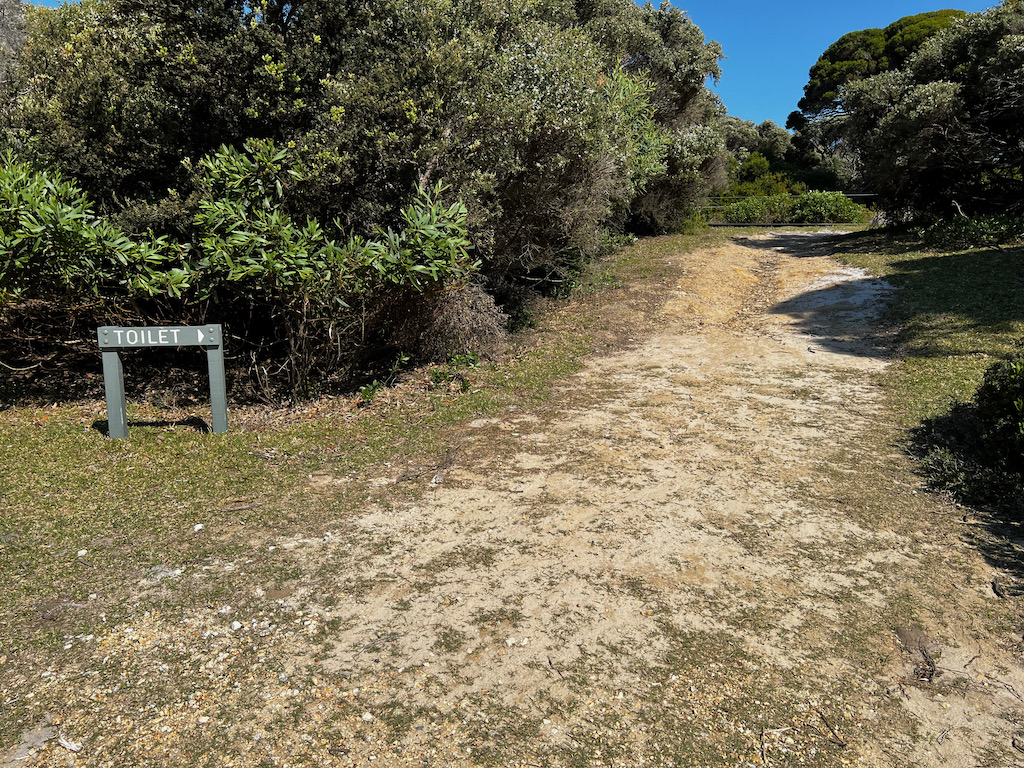
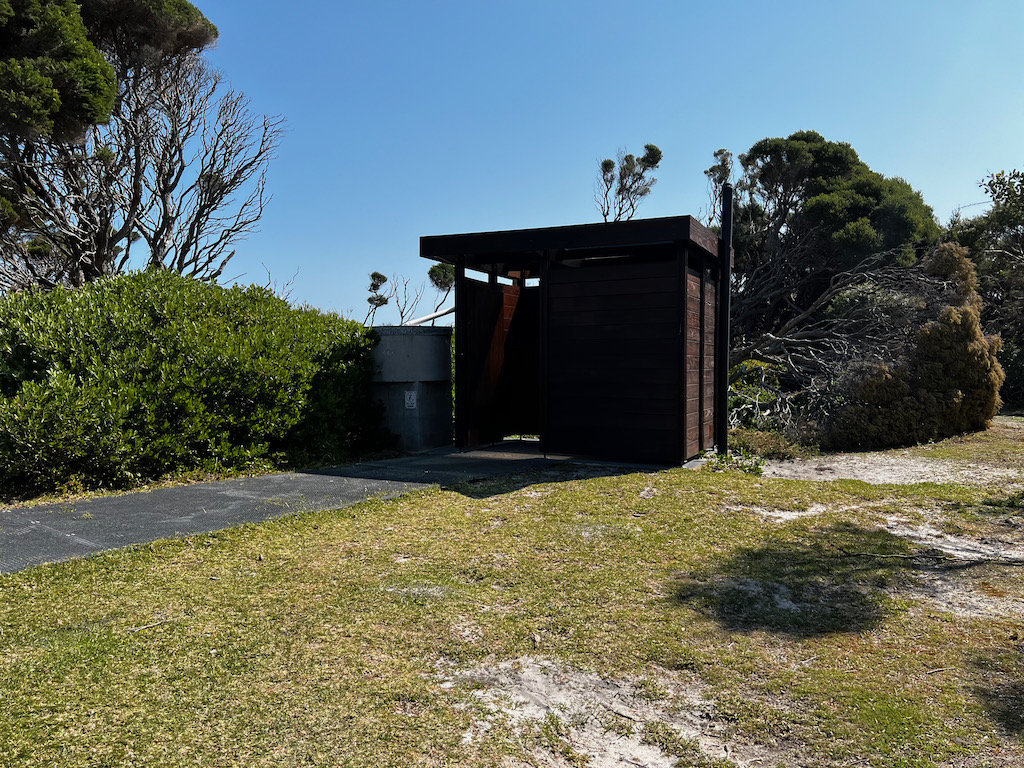
This property is conveniently located near the beach—perfect for your next holiday getaway!
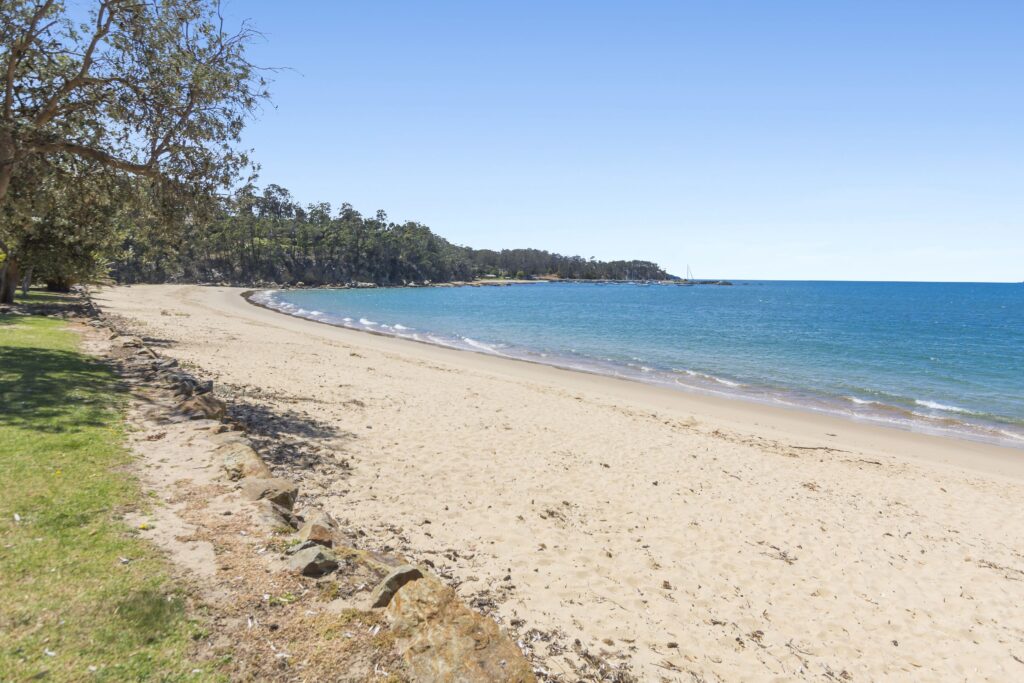
Evolving Technologies, Enduring Seas
A Community on the Edge Perched on a remote cape jutting into the Tasman Sea, the Green Cape Lightstation served as both a beacon of guidance and a close-knit community outpost. Surrounded by isolation, this station relied on self-sufficiency and mutual support, often cut off from immediate access to essentials like medical aid, schooling, and fresh food supplies.
Navigational Aid & Communications Hub Green Cape played a crucial role in maritime communication, linking ships to the mainland through flag signaling, Morse code, and eventually telegraph and telephone connections. Built in 1873, the Lightstation was one of Australia’s earliest cross-colony efforts to safeguard the coast, paving the way for further collaboration leading up to Federation.
Rugged Waters, Treacherous Routes Ships traveling along this coastline faced perilous conditions, especially those sailing north against the East Australian Current. To avoid the current’s strength, many opted for the dangerous path close to shore, leading to shipwrecks like the Ly-ee-Moon, with remains of this tragedy resting in a nearby cemetery.
Keeping the Light Burning Generations of lightkeepers worked nightly shifts, fueled by kerosene and coke coal, later transitioning to diesel generators in 1962. The Lightstation community relied on their ingenuity, maintaining the station’s facilities and even hosting social gatherings to create a sense of normalcy amid the isolation.
An Aboriginal Heritage For thousands of years, the area has been traditionally used by Aboriginal communities, as shown by remnants of campsites and quarries. The local Aboriginal community, alongside NSW National Parks and Wildlife Service, now works to honor and share this cultural legacy.
From Manual to Modern Today, automated systems have taken over much of the lightkeeper’s role, and large solar panels now power the updated accommodations. Yet the lighthouse remains an enduring symbol of the dedication, resilience, and history of those who once called this remote station home.
Discover More For deeper insights into Green Cape and other historical lighthouses, pick up a guide at the NPWS Discovery Centre in Merimbula
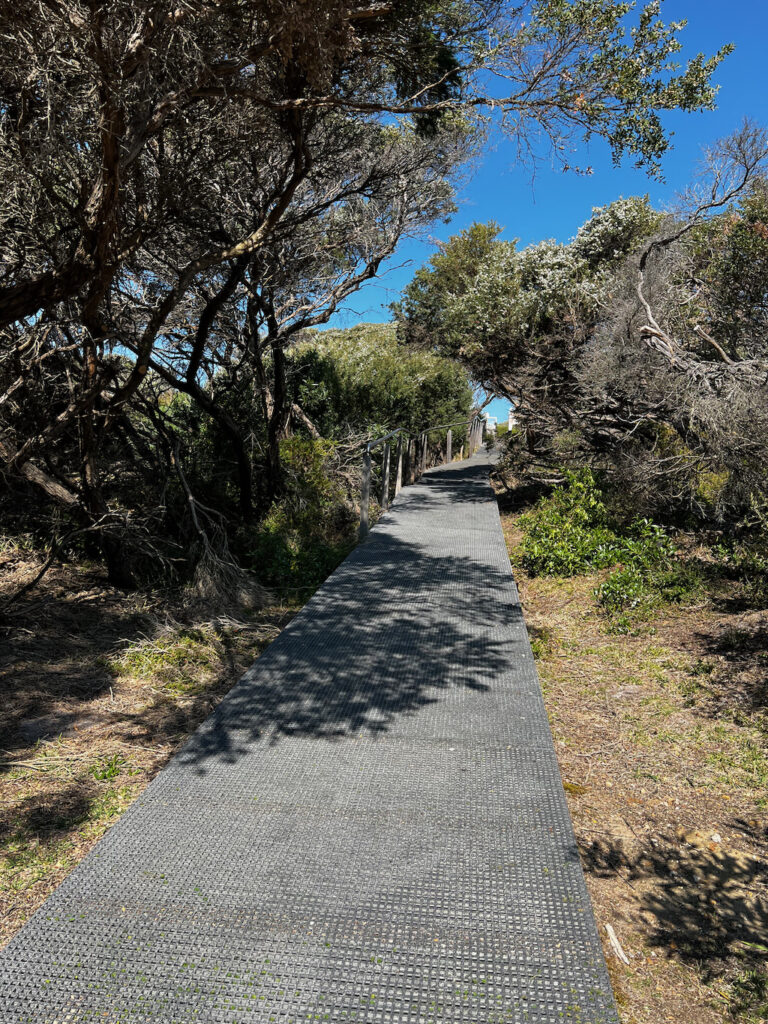
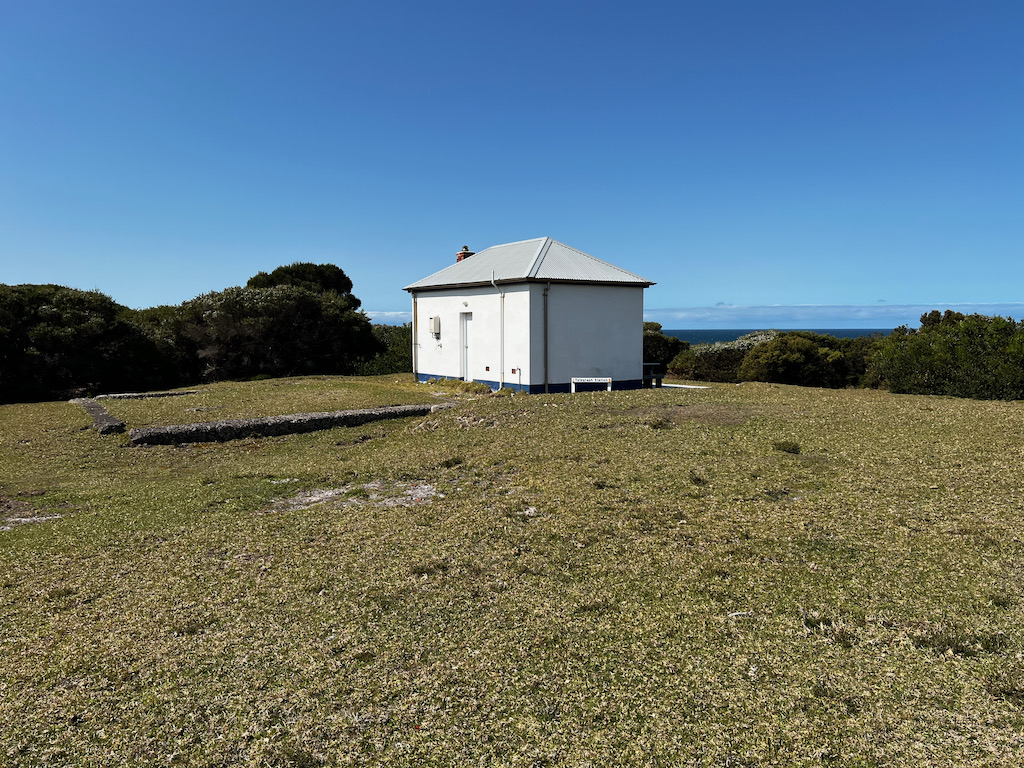

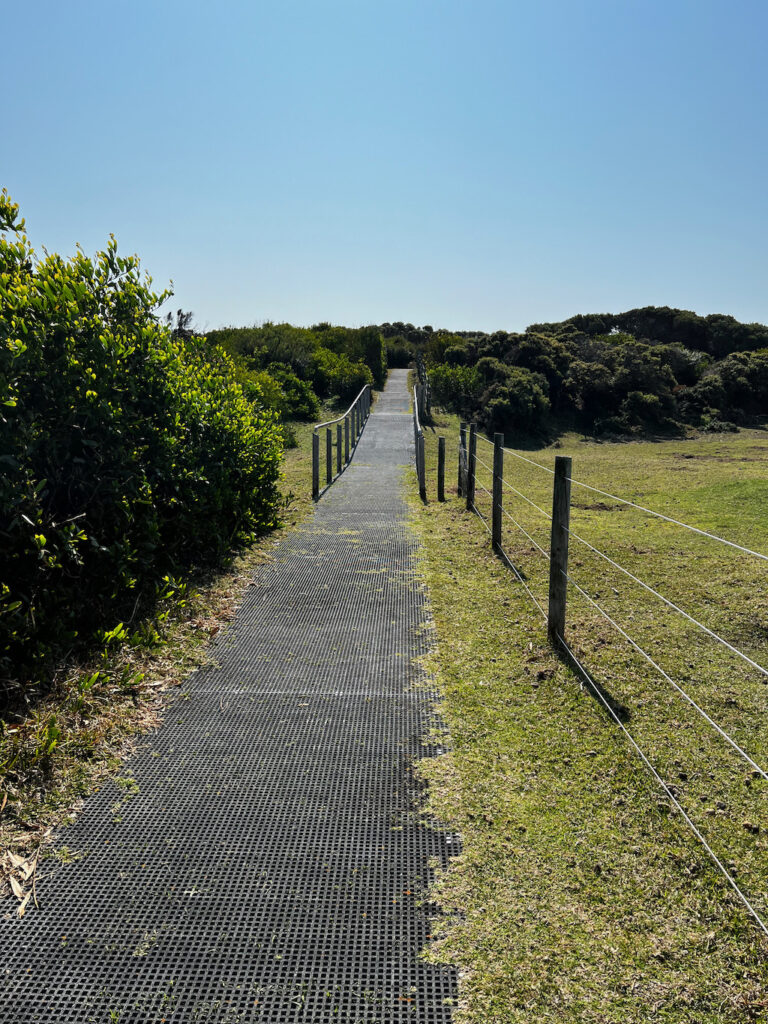
Getting On with Getting On: The Social Niceties
The hierarchy of relationships within the Lightstation community was strictly upheld, and the design of the lightkeeper quarters reflects this structure. Take a moment to walk along and observe the layout of the three houses—how do they differ?
Successfully coexisting in such close quarters necessitated strict rules of protocol and etiquette. Nevertheless, the government outpost also served as the social hub for the remote district, where settlers and locals would gather for organized events, such as tennis afternoons.
The head lightkeeper resided in a separate cottage, while the two assistant keepers lived in duplex cottages a short distance away. Each dwelling was separated by a dividing fence and included distinct yards.
Keeping On with Keeping: The Keeper’s Duties
For over 100 years, keepers ensured that the light shone brightly from Cape to ocean every night, working in four-hour shifts. An easy life? Hardly! During the day, their schedules were filled with tasks to maintain the light and the buildings. These chores included:
- Dusting the glass prisms
- Cleaning the lamp surrounds
- Removing salt spray from the lighthouse windows
- Oil and servicing the clockwork cables and weights
- Recording data at the weather station
- Filling fuel tanks and maintaining the generator power supply
- Ordering and collecting supplies from Bittangabee Bay
- Polishing and painting metalwork to prevent salt corrosion
- Painting both the exteriors and interiors of the buildings
- Repairing equipment
- Keeping detailed records
The optical glass prisms surrounded the lamp and were rotated by a clockwork mechanism. Chains lowered 700-pound (345 kg) lead weights down the center of the tower. Throughout the night, the keeper climbed the spiral stairs at regular intervals to rewind the clock and raise the weights.

Getting the Message Across
Green Cape served as a critical communication link between ships at sea and the mainland, relaying information along the coast. Offshore vessels used marine flags to signal, with responses raised on the flagpole at the Lightstation. Communication could continue with semaphore flags if needed.
Flag Language: A set of over 40 marine signal flags created intricate codes for words and meanings, stored in a small flag locker and raised on the flagpole for ship-to-shore exchanges.
Morse Code & Telegraph: From 1882, messages traveled along the coast via Morse code, transmitted from this telegraph office to nearby stations and ultimately to Sydney.
Telephone Connection: By 1898, a single wire telephone line ran through trees, improving communication reliability.
Semaphore Signals: Using large red and white or yellow flags, messages were sent across miles by positioning each letter in turn.
Green Cape’s communication systems exemplify the ingenuity used to bridge the isolation of this remote outpost.
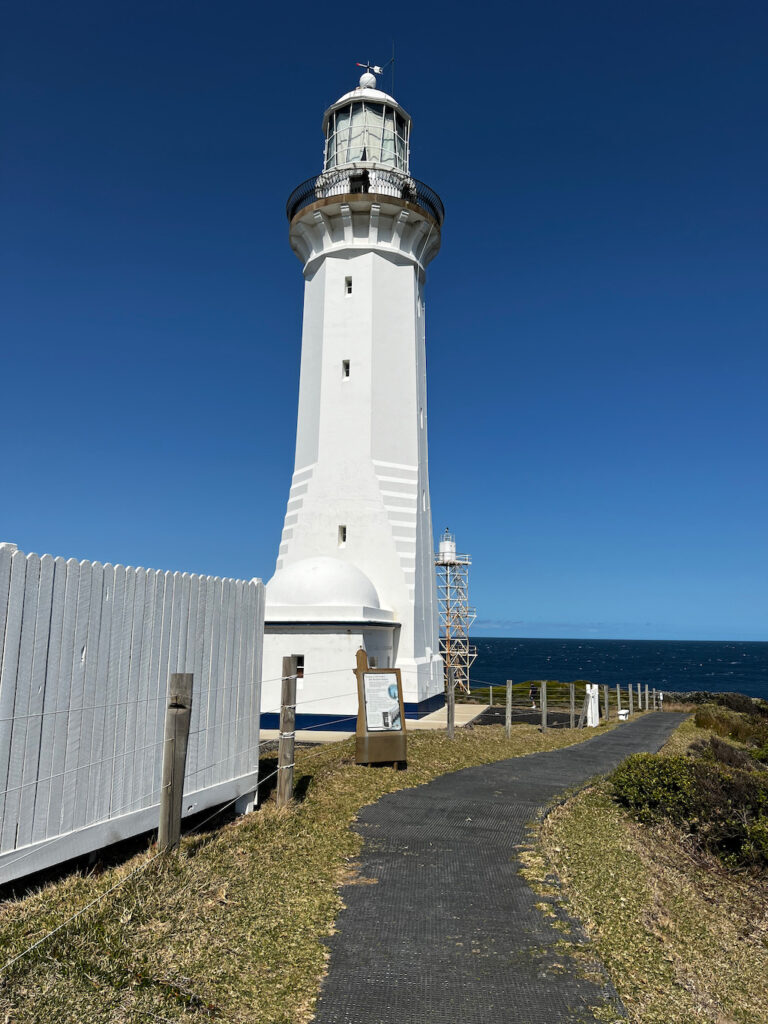
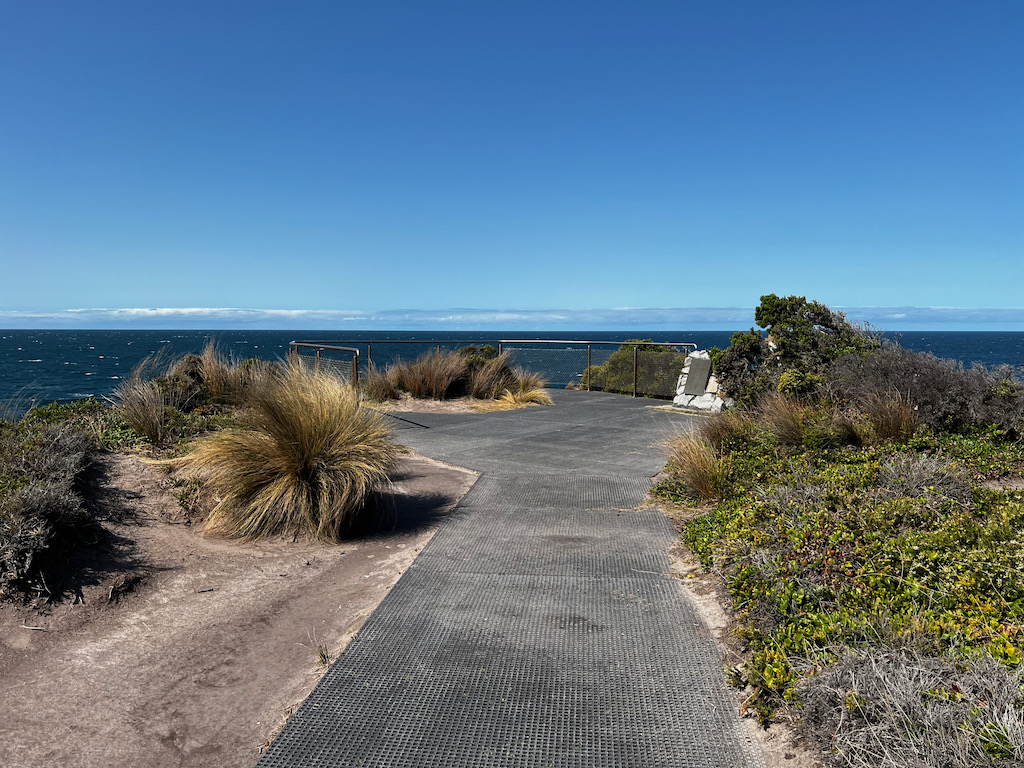
Safety
No Drones Prohibited to launch, land, or operate drones in this area.
No Dogs Dogs are not allowed. Penalties apply.
Caution: Snakes Be alert for snakes in the area.
Jack of All Trades
The keepers were responsible for maintaining everything in working order, utilizing carpentry and other manual skills. Their workshops were well-equipped with a substantial set of tools—definitely no corner hardware stores here! Horses were kept for heavy labor, particularly to transport supplies from Bittangabee Bay. Between trips, these horses required proper care, including housing, grooming, feeding, and watering. Daily life was largely centered around self-sufficiency. A vegetable garden was tended about 200 meters to the northwest, away from the salty winds. Heavy labor was necessary to establish the garden beds, turn the soil, work the nearby well, and eventually raise, harvest, and prepare the vegetables. Over time, melaleuca thickets have reclaimed the land that was once used for the gardens
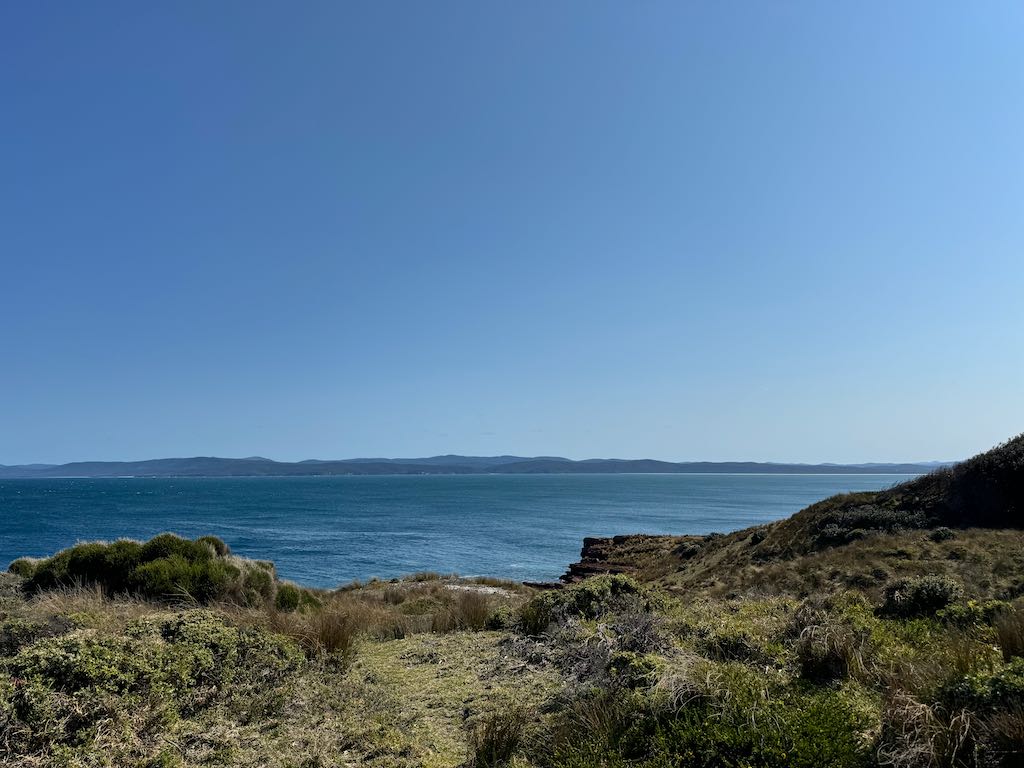
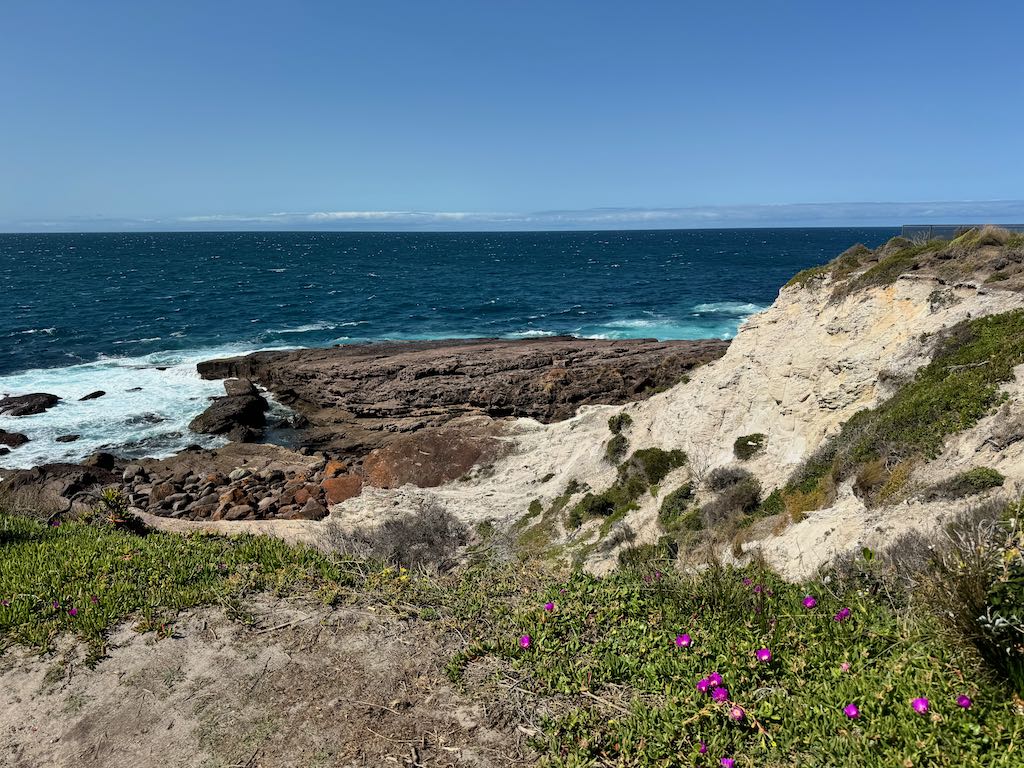
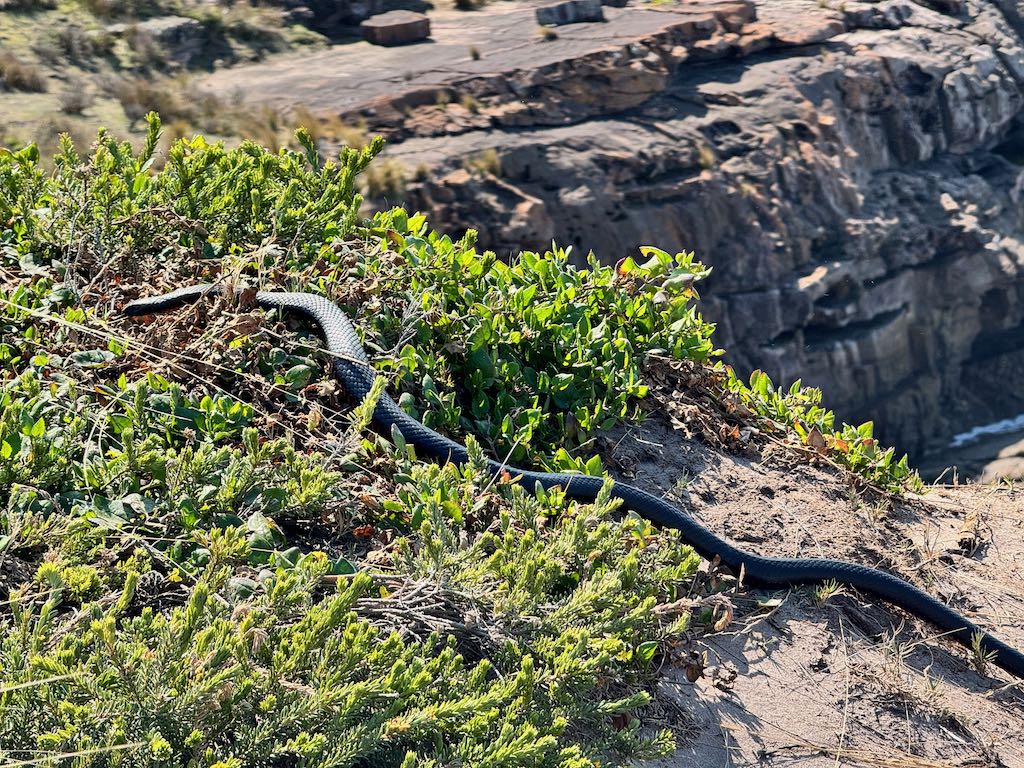
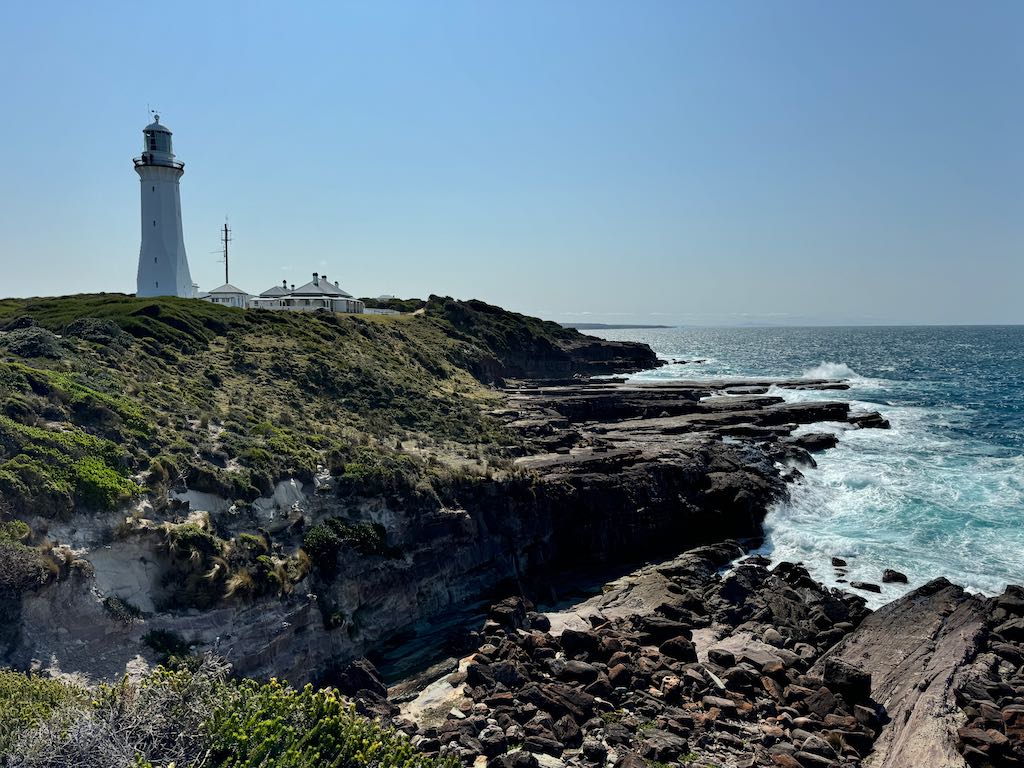
Wouldn’t it be wonderful to stay here and enjoy this amazing view?

Shearwaters on the Wing
From late September to early November, a consistent stream of shearwaters passes by Green Cape as part of their annual migration from the North Pacific to breeding burrows on islands in southern waters. The Short-tailed Shearwater (Puffinus tenuirostris) is among them.
Wildlife Navigating the Coastline
A variety of marine animals traverse this coastline successfully without the need for warning lights. Whales, gannets, albatrosses, and shearwaters all pass this promontory during their annual migrations, so keep an eye out for these remarkable events.
Humpback Whales on the Move
Humpback Whales migrate north in winter to tropical waters for breeding, then journey thousands of kilometers south again in spring. They are heading towards polar waters, where they will voraciously feed on tiny krill—shrimp-like crustaceans—during the Antarctic summer. The Humpback Whale (Megaptera novaeangliae) is a remarkable sight to behold during this migration.
2. The Pinnacles
Known for its striking geological formations, the Pinnacles are a must-see within the park. These layers of red and white clay cliffs were created over millions of years and are some of the most visually stunning rock formations in New South Wales. A short walk from the lookout offers you incredible views and a chance to appreciate the unique colors and textures up close. Check out my Eden Part 2 post for information and photos.
3. Aslings Beach Rock Pool
Aslings Beach is ideal for swimming, snorkeling, and picnicking, but one of its lesser-known gems is the natural rock pool. Nestled at one end of the beach, the rock pool fills with fresh seawater at high tide and offers a safe and scenic place to enjoy the water. It’s a favorite among locals and visitors alike for its serene atmosphere and beautiful views.
Check out my Eden Part 1 post for information and photos.
4. Whale-Watching in Beowa
Beowa National Park is one of the prime spots on the east coast for whale-watching. Between May and November, humpback and southern right whales migrate along the coastline, and the park’s elevated lookouts make for perfect viewing points. The park even has a dedicated whale-watching platform at Green Cape, where you can witness these majestic creatures breaching and tail-slapping as they journey along Australia’s coast.
Pulpit Rock
Pulpit Rock, situated in Beowa National Park, is a breathtaking natural formation that offers stunning views of the rugged coastline and lush hinterland. This dramatic cliffside lookout is named for its pulpit-like shape, providing a perfect vantage point for visitors to appreciate the beauty of the surrounding landscape. The area is renowned for its diverse flora and fauna, making it an excellent spot for birdwatching and photography. During the whale migration season, Pulpit Rock also serves as a prime location for whale watching, allowing visitors to witness these magnificent creatures as they breach and play in the ocean below. A short walking trail leads to the lookout, allowing you to immerse yourself in the tranquil environment as you navigate through native bushland. Whether you’re there to witness a spectacular sunrise, catch sight of passing whales, or simply soak in the natural beauty, Pulpit Rock is a must-visit destination for anyone exploring Beowa National Park.
Be careful when whale watching from the rocks and don’t get too close to the edge where it just drops off into the ocean, also watch out for unexpected big waves as they can can knock you off the rocks and into the ocean.
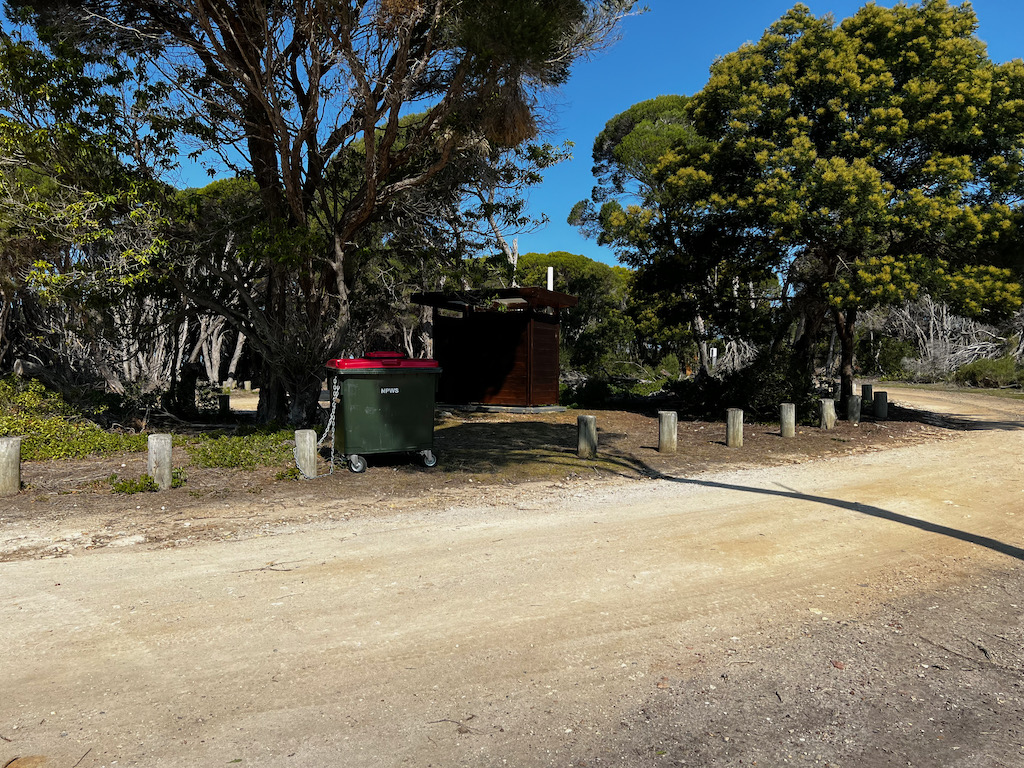
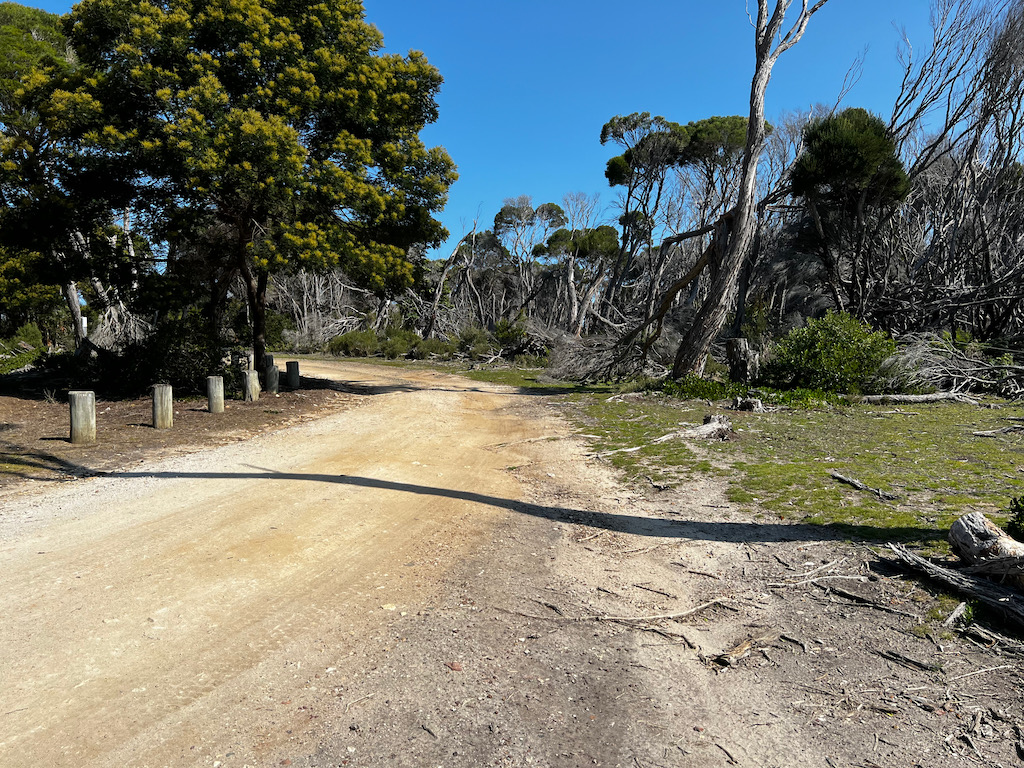
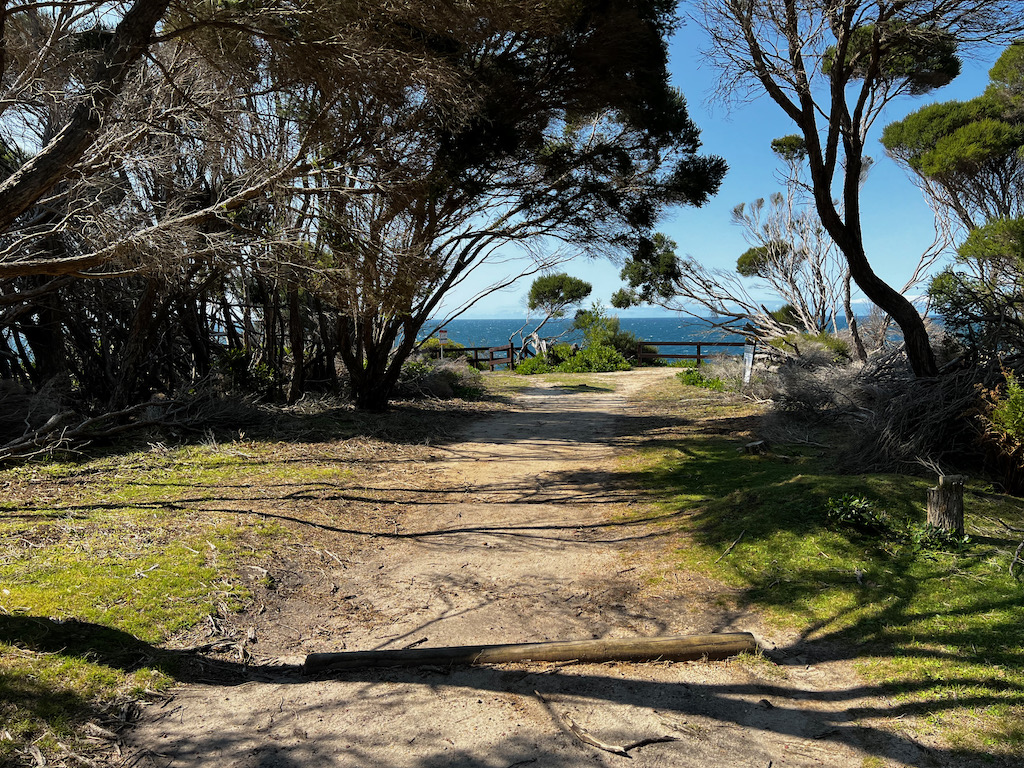
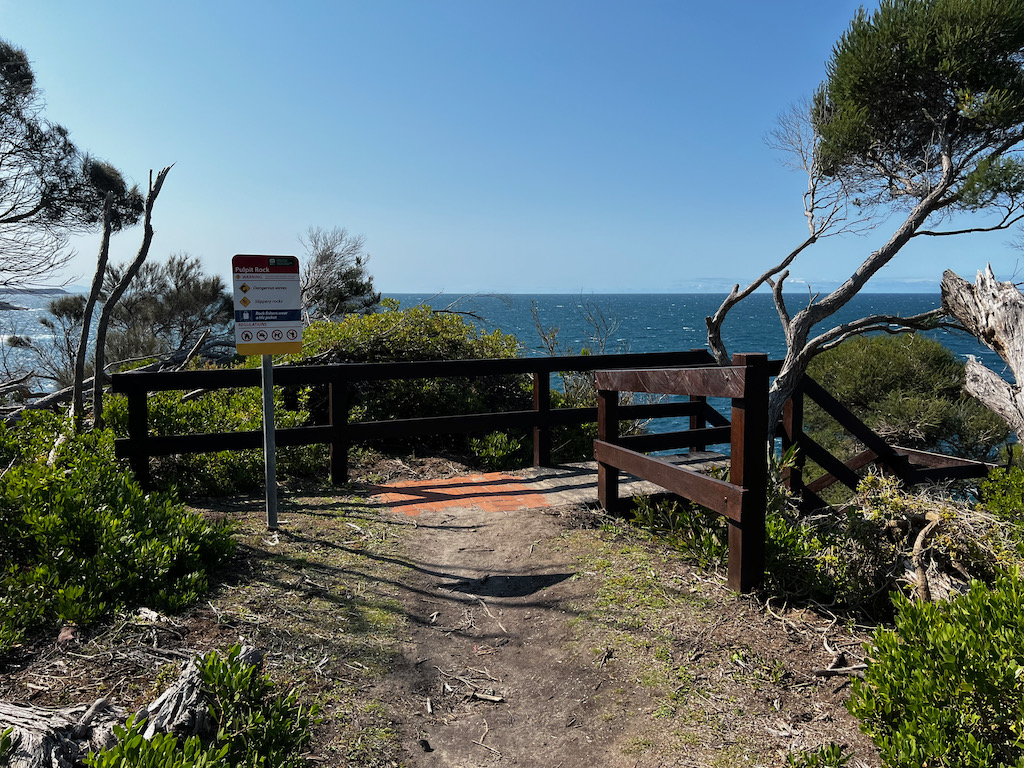
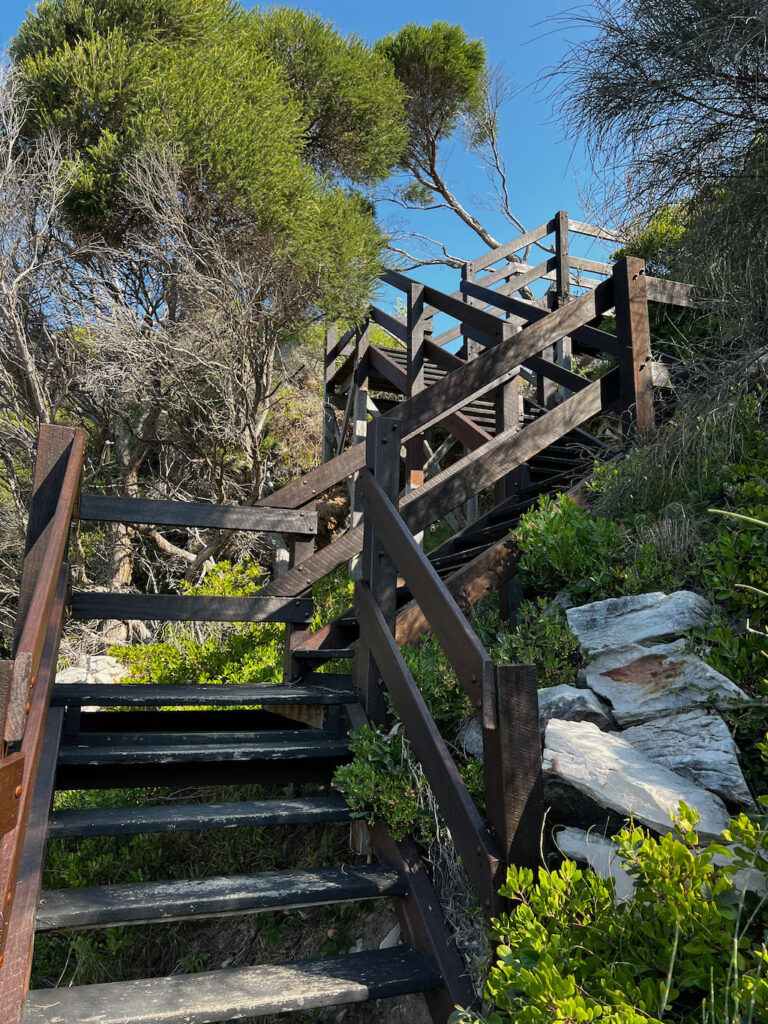
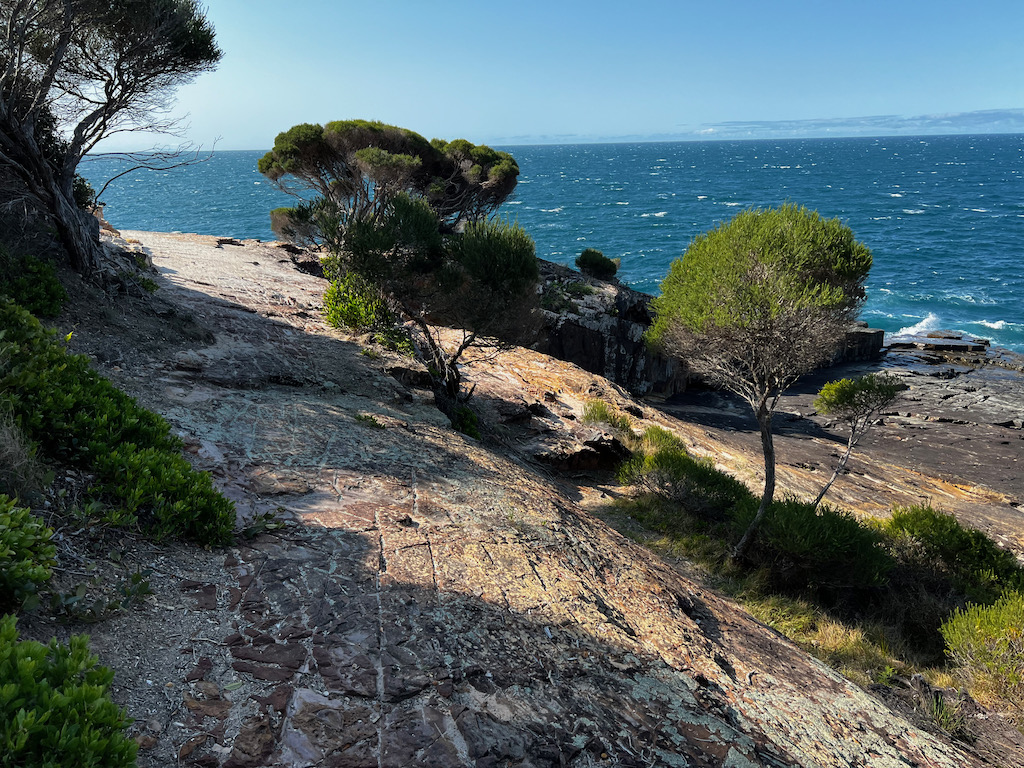
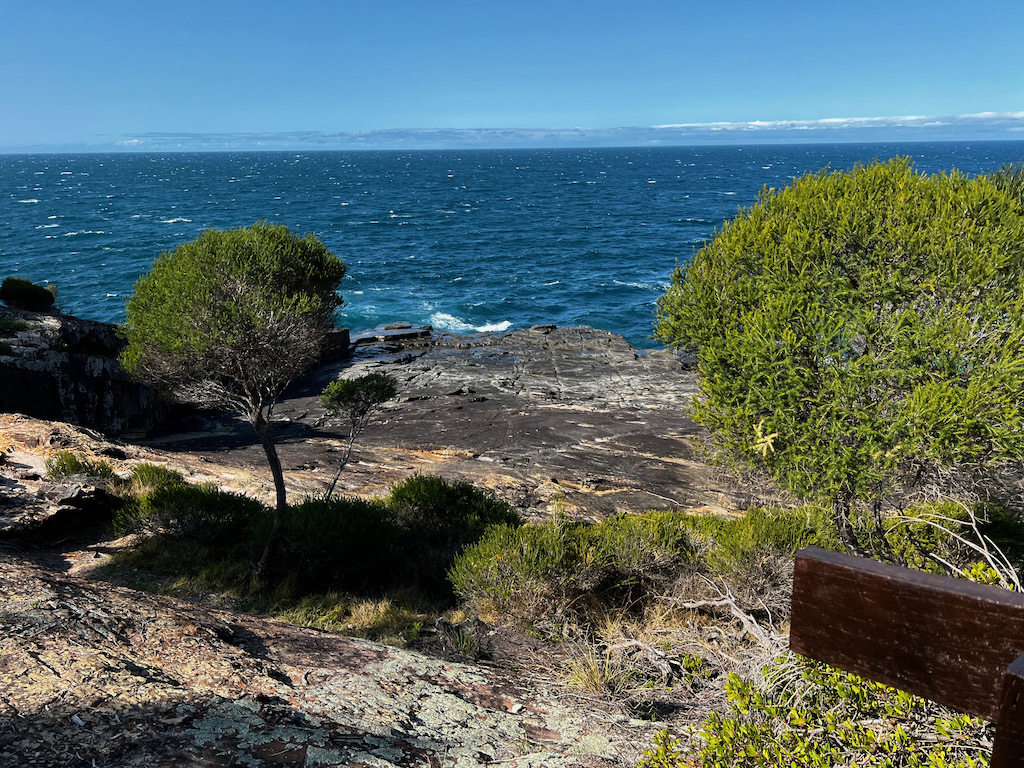
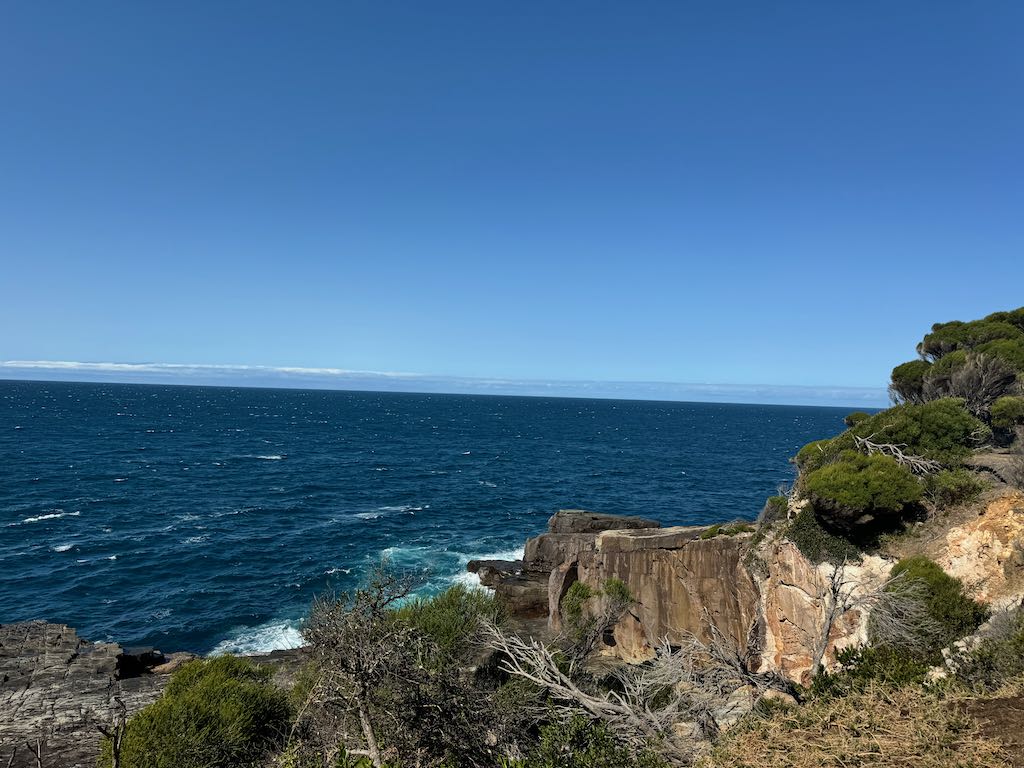

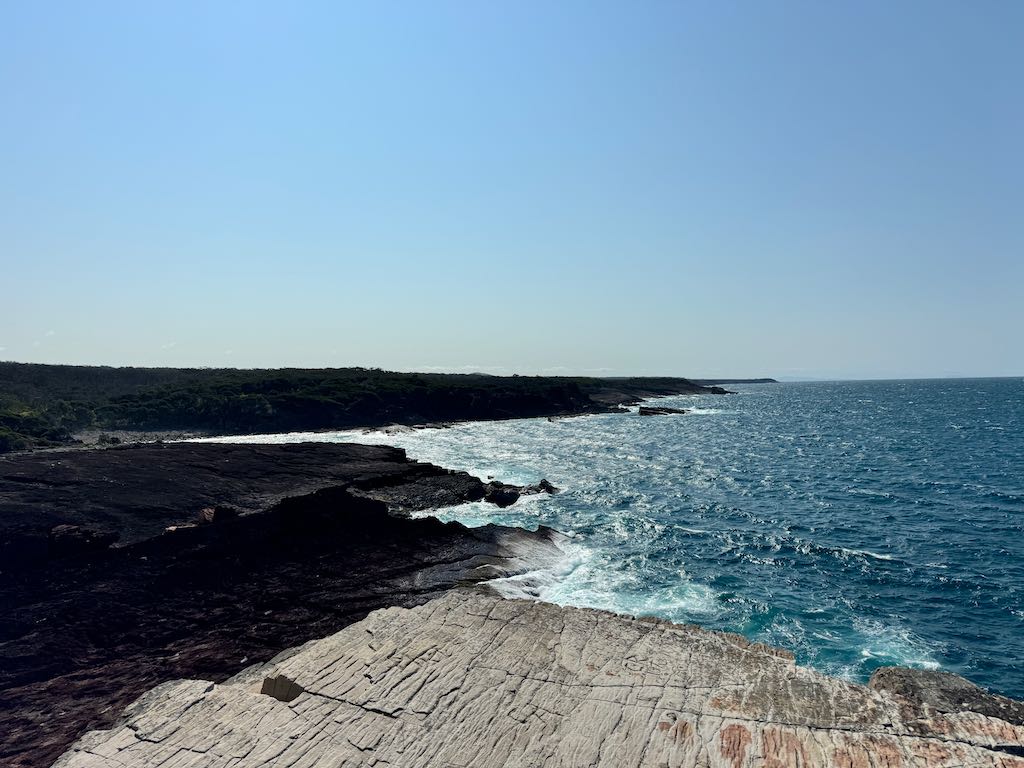
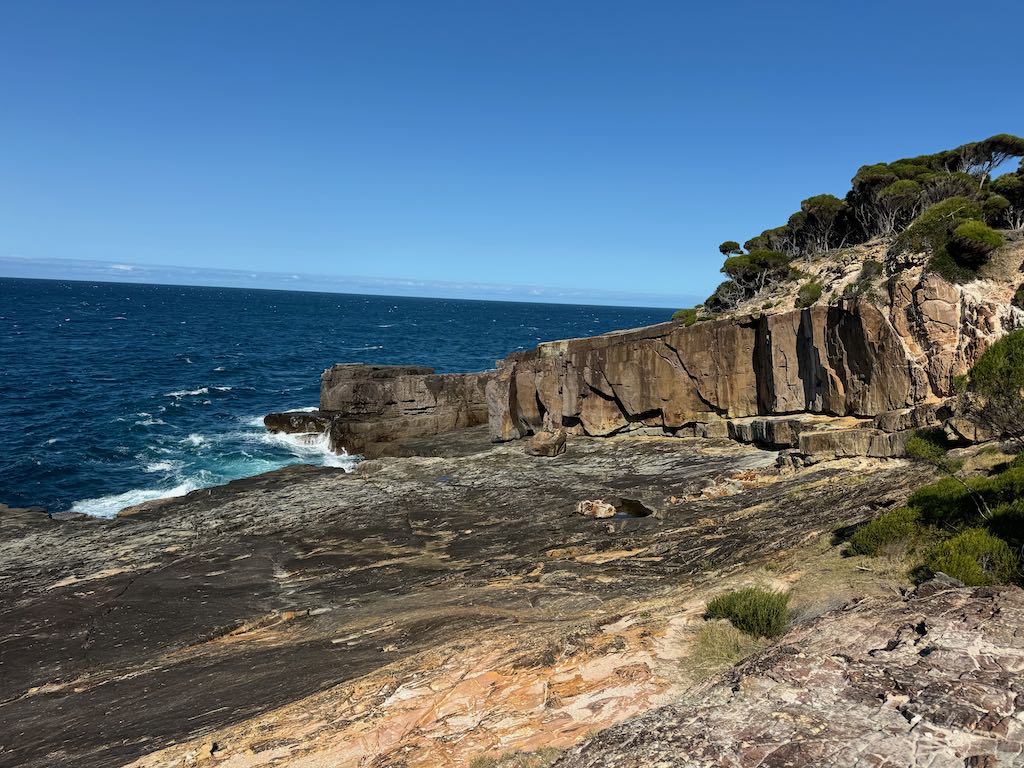
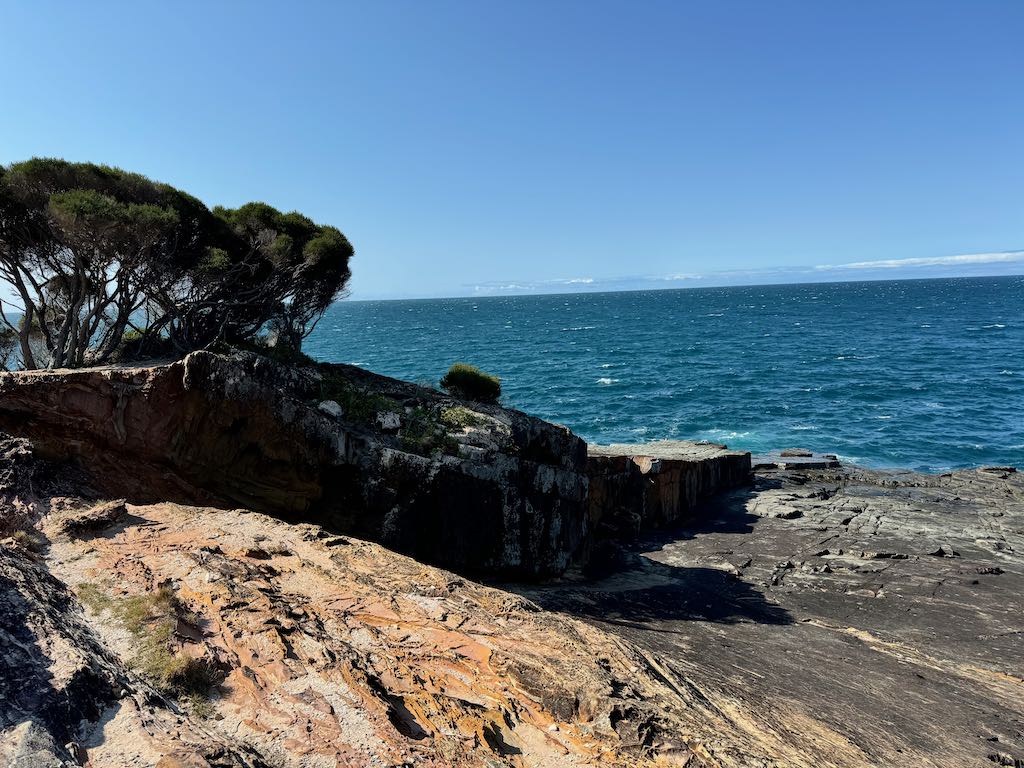
5. Haycock Point to Barmouth Beach Walking Trail
For hiking enthusiasts, the trail from Haycock Point to Barmouth Beach is a rewarding experience, offering coastal views, wildflowers, and glimpses of native wildlife. The trail is moderately challenging, with sections that provide spectacular views of the coastline and opportunities to spot dolphins or seals. Barmouth Beach itself is a quiet, secluded spot, perfect for a post-hike swim or picnic.
6. Disaster Bay Lookout
Disaster Bay, located within Beowa National Park, is a ruggedly beautiful and historically significant stretch of coastline. Named for the many ships that have met their fate in its challenging waters, the bay is a place where natural beauty and maritime history converge. Visitors to Disaster Bay can enjoy sweeping views of the coastline from several lookout points, with Green Cape Lighthouse standing as a prominent nearby landmark. The bay is also a prime spot for whale-watching during the migration season, as well as for observing dolphins and seals that frequent these waters. The secluded beaches, steep cliffs, and rich biodiversity make Disaster Bay a striking and unforgettable destination in Beowa National Park.
A Bay Shaped by Time and Waves
Disaster Bay, a natural cove, lies between the ancient, resilient rock formations of Bay Cliff and Green Cape, dating back 350 million years. Around 10,000 years ago, Bay Cliff was an island, but over millennia, ocean currents deposited sand to form the parallel dunes and beaches now seen in the bay.
Enduring Connections
This land is traditional Aboriginal land, cherished and used by Aboriginal people who continue the customs and care passed down from their ancestors.
Shipwrecks and Stories of Disaster
The coastline along New South Wales and Victoria is known for shipwrecks. In 1911, the SS New Guinea ran aground just a kilometer from Green Cape Lighthouse during a foggy voyage from Melbourne to Sydney. The captain’s license was suspended for six months after it was found he had navigated too close to shore.
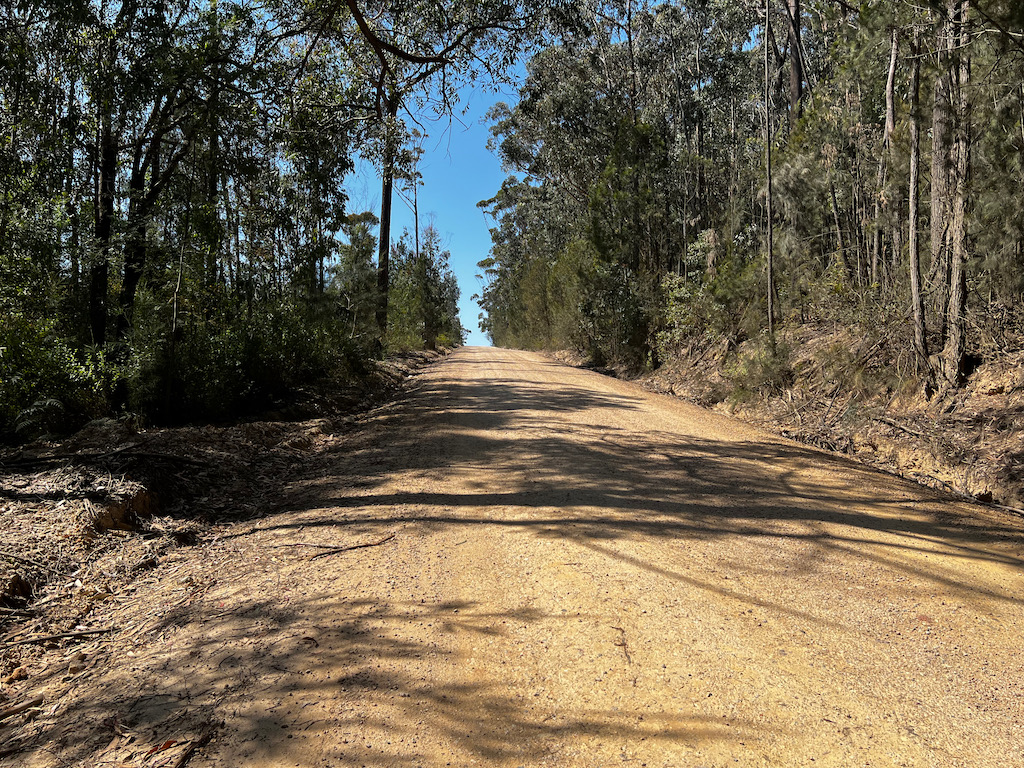
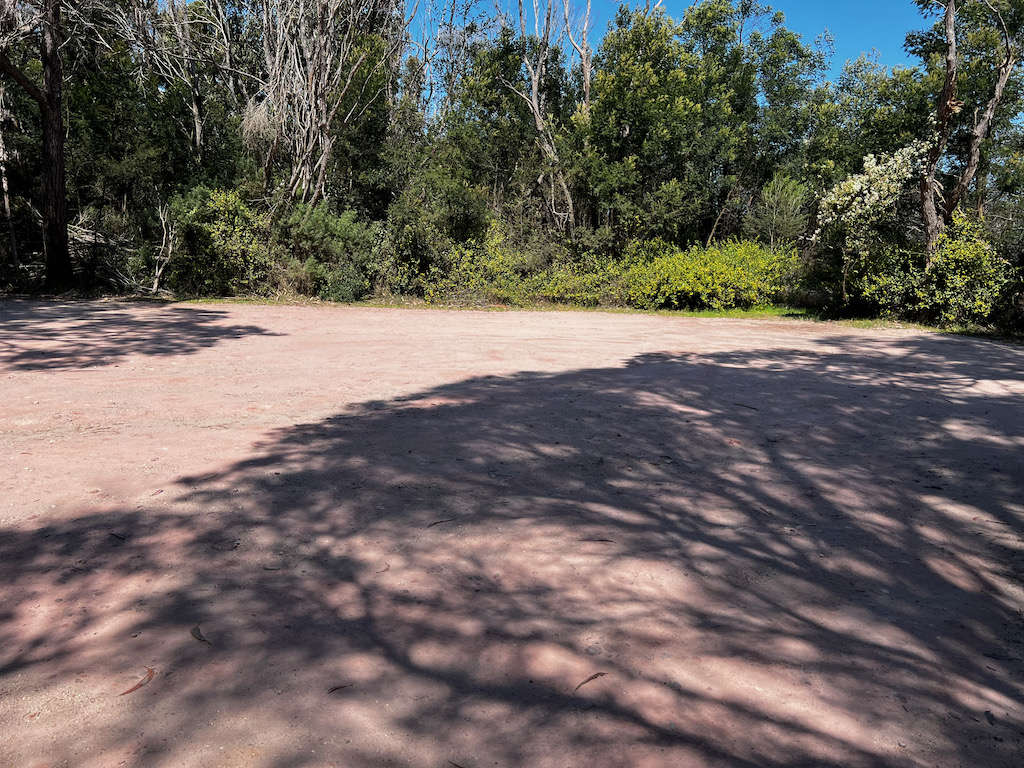
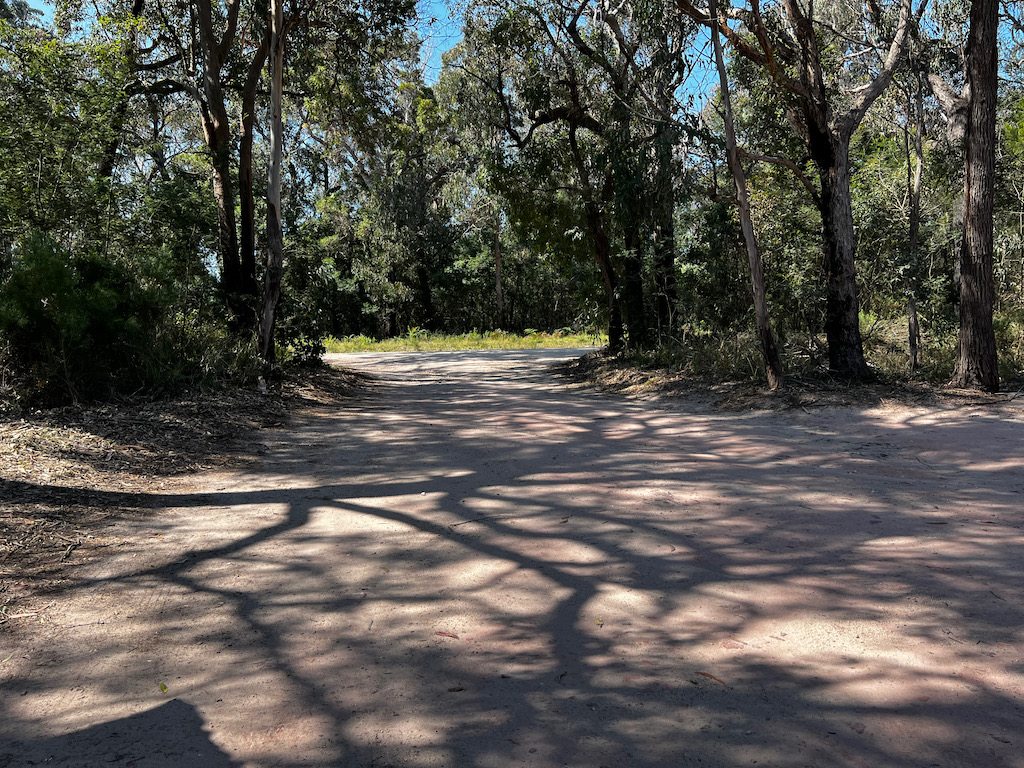

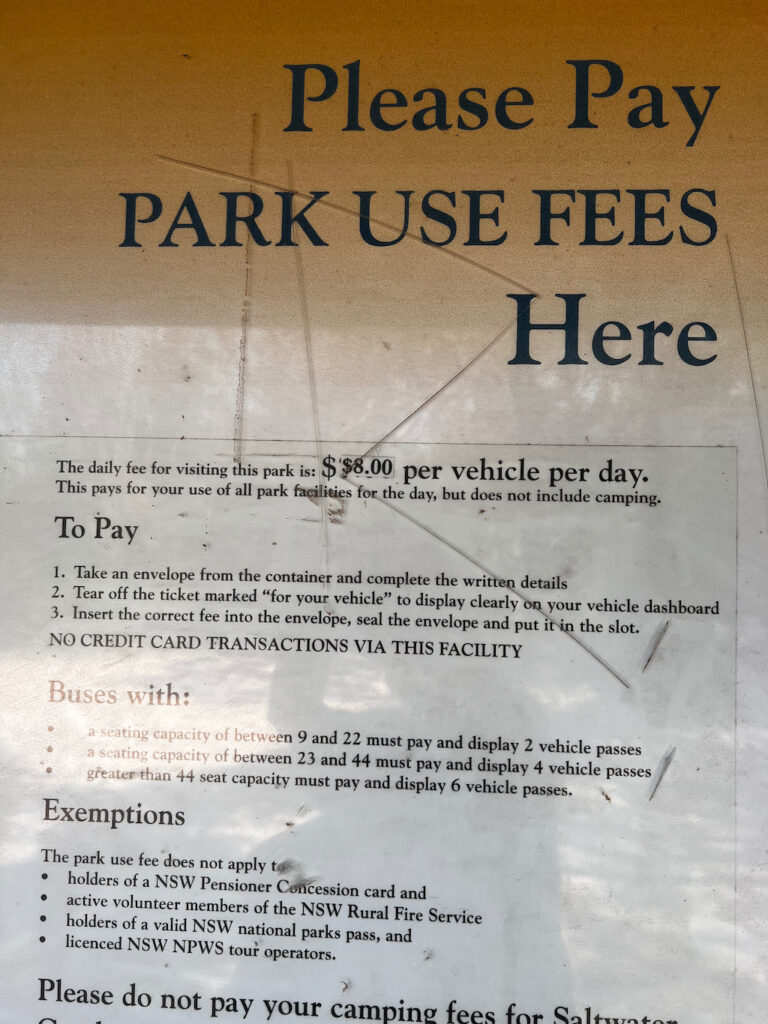

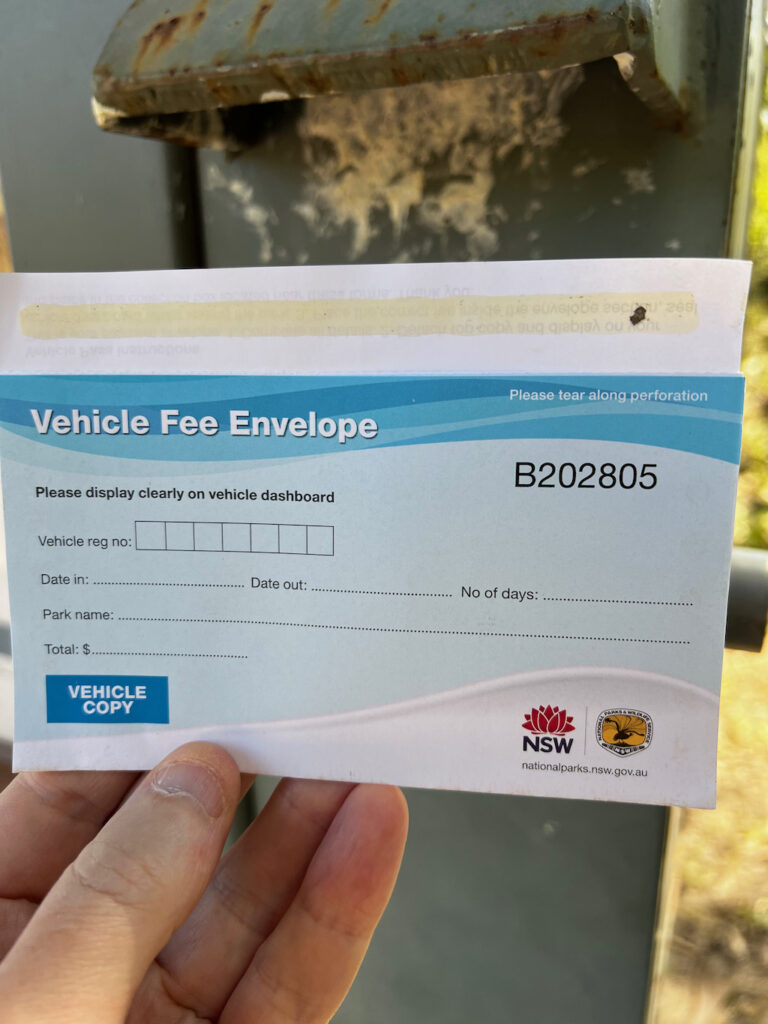
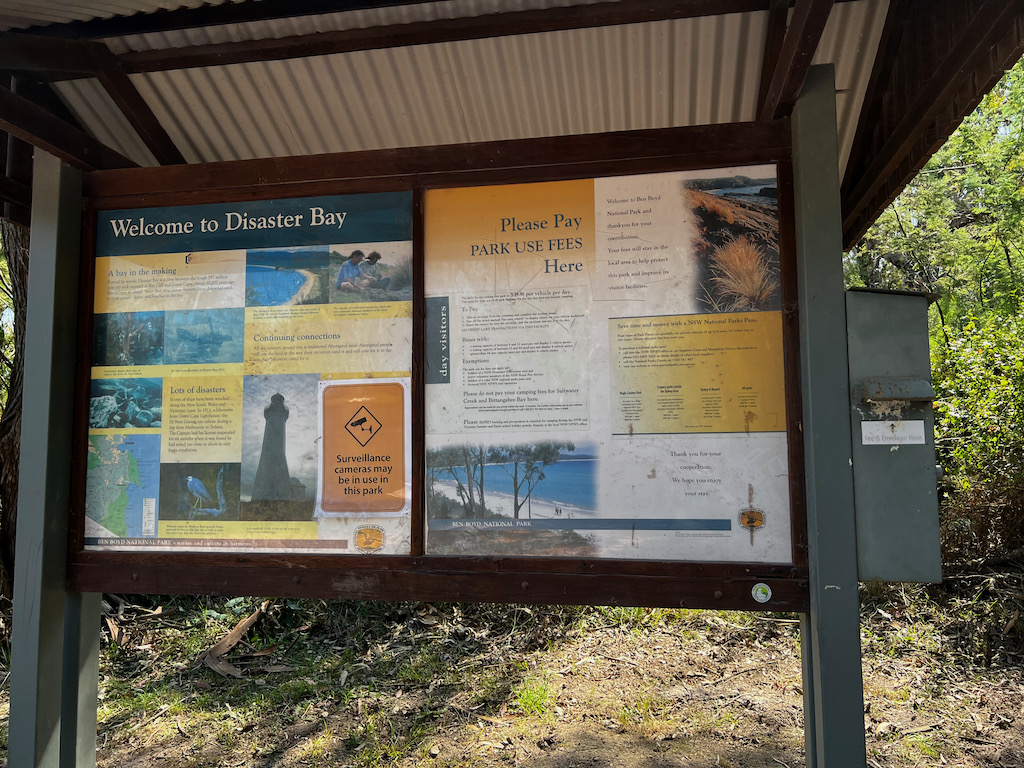

Explore this property for your next holiday.
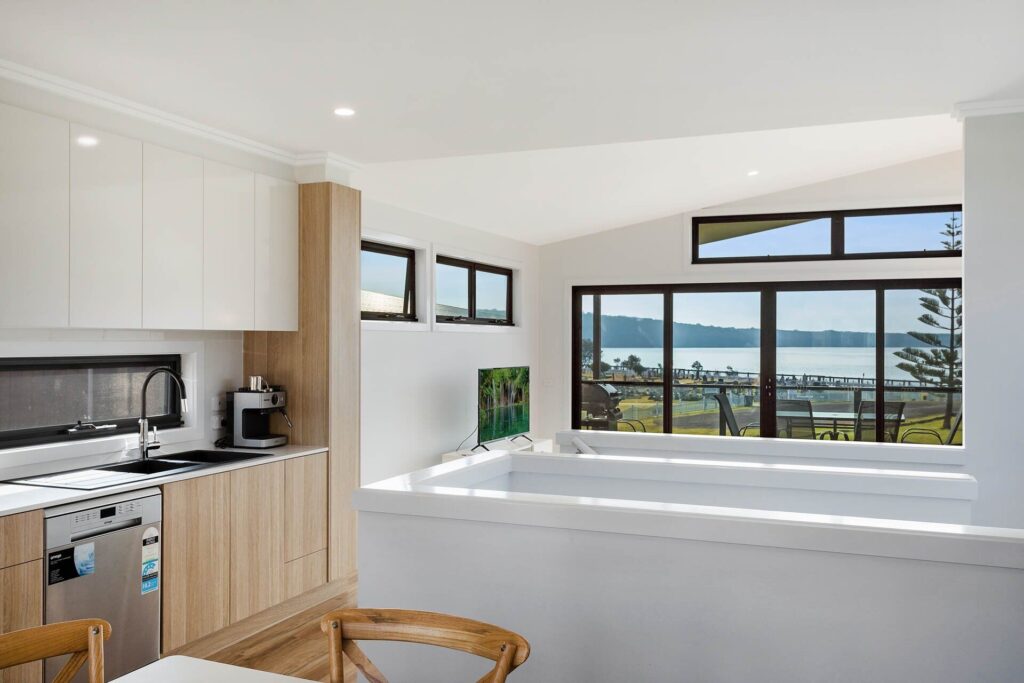
7. Bittangabee Bay
Welcome to Bittangabee Bay! Relax and enjoy breathtaking coastal views, swim and fish in a secluded, pristine environment, or bring a picnic and binoculars for birdwatching and whale sightings during migration season. Stroll through protected forest trails behind the bay and listen for the male Lyrebird, whose mimicked bird calls sound almost too perfect to be true.
For hikers, the Bittangabee Bay to Green Cape walk offers a memorable trek as part of the iconic Light to Light Walk. Or take a short stroll to see the 1880s Bittangabee Storehouse ruins along the bay shore. Keep an eye out for local wildlife like long-nosed bandicoots, wombats, brush-tailed possums, and lace monitors.
Renaming to Beowa National Park
The renaming of this national park from Ben Boyd National Park to Beowa National Park was in response to requests from Aboriginal communities due to Benjamin Boyd’s involvement in ‘blackbirding,’ a practice where people from the islands of present-day Vanuatu and New Caledonia were taken to work on his properties in NSW.
Names carry deep significance, shaping our understanding of place and its rightful heritage. Restoring Aboriginal names honors the ancient Aboriginal culture of the region, reinstating its importance beyond recent history. The name ‘Beowa,’ meaning ‘orca’ or ‘killer whale’ in the Thaua language, highlights the connection between this coastline and the spiritual lives of its first inhabitants, particularly their cultural ties to the ocean and orcas. The new name was selected through extensive consultation with over 60 representatives from Aboriginal and South Sea Islander communities.
Visitor Information
- Non-flush toilets are available on-site.
- Facilities include picnic areas, historic ruins, and walking trails.
- Camping is available, with options for tents and camping beside vehicles.
- Wood barbecues are available (please bring your own firewood) as well as gas/electric barbecues.
- Note: Park entry fees ($8 per vehicle) are additional to camping fees.
Safety Tip: Be cautious near cliff edges, especially with children. Enjoy exploring Beowa National Park!


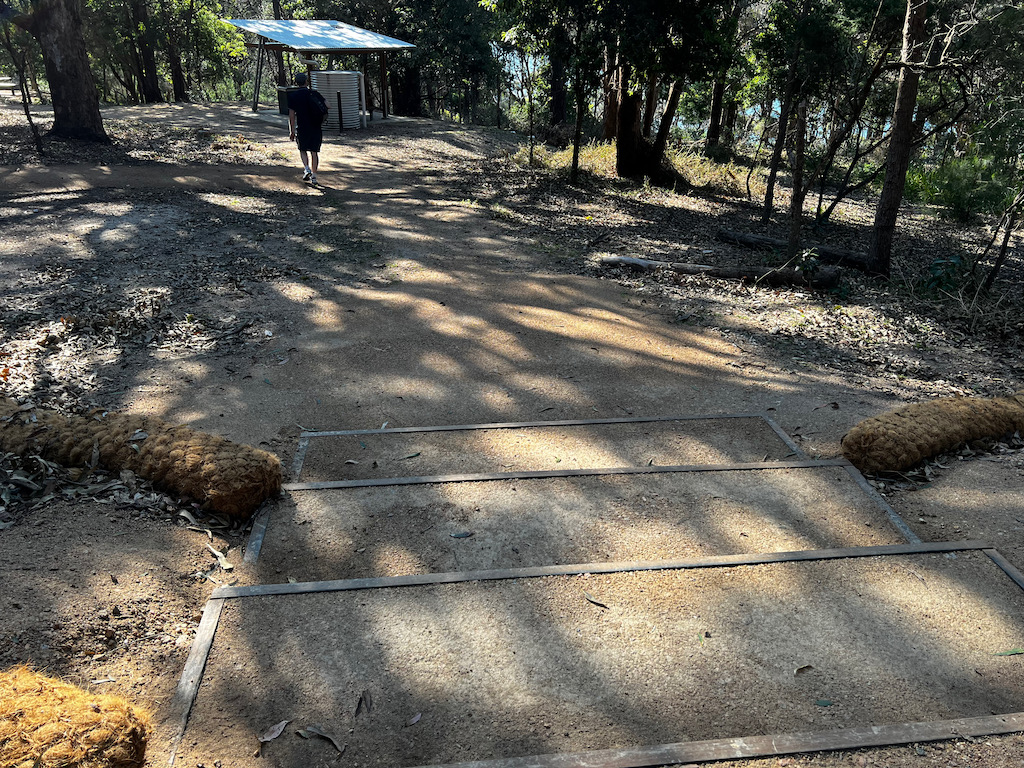

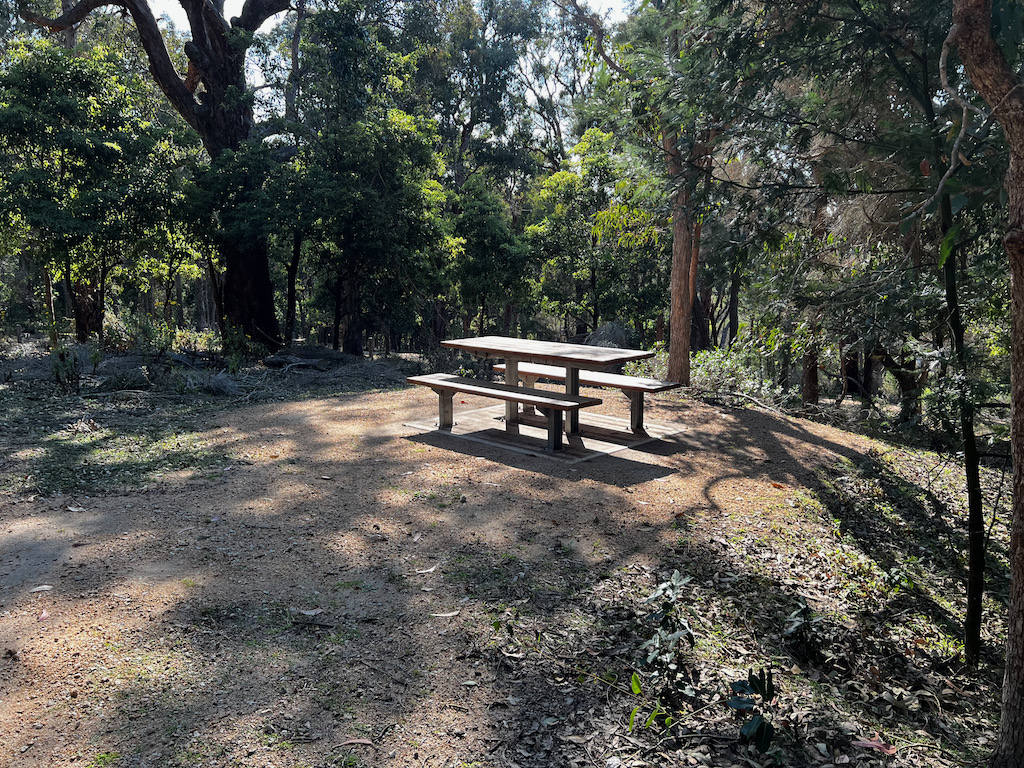
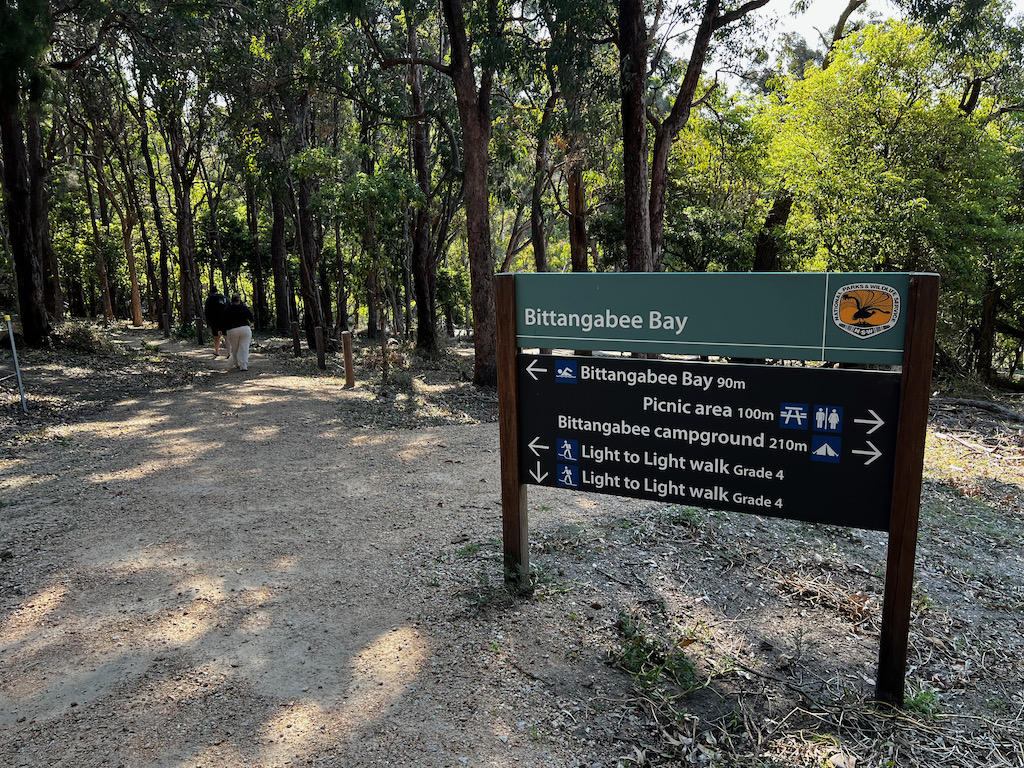
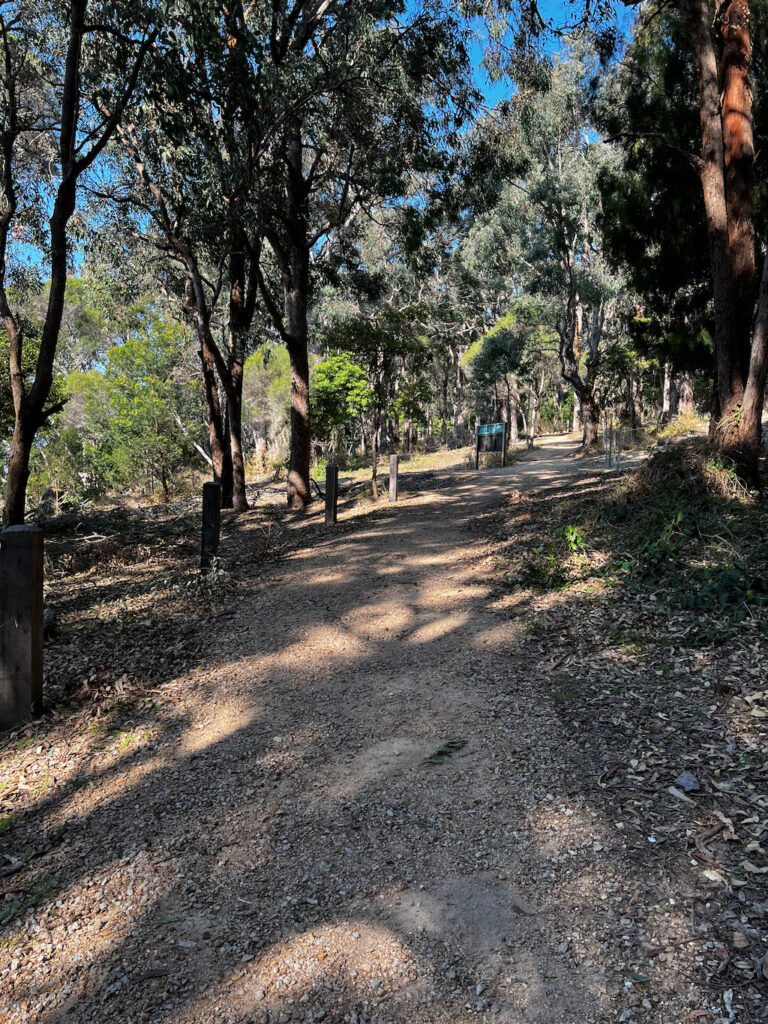

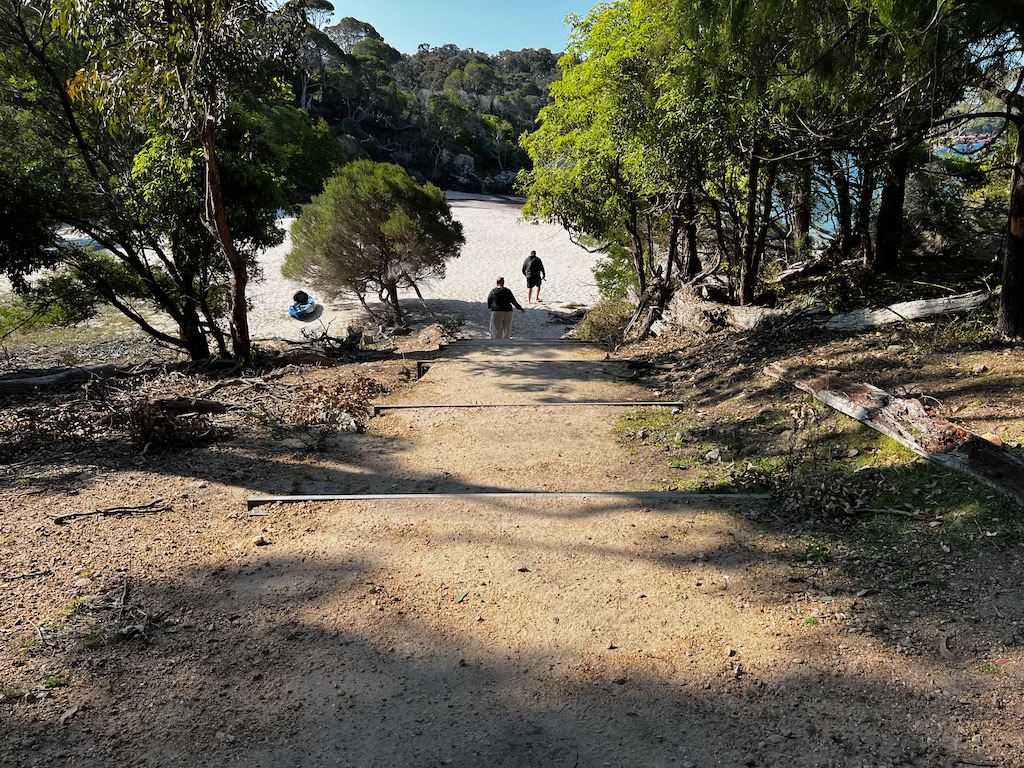

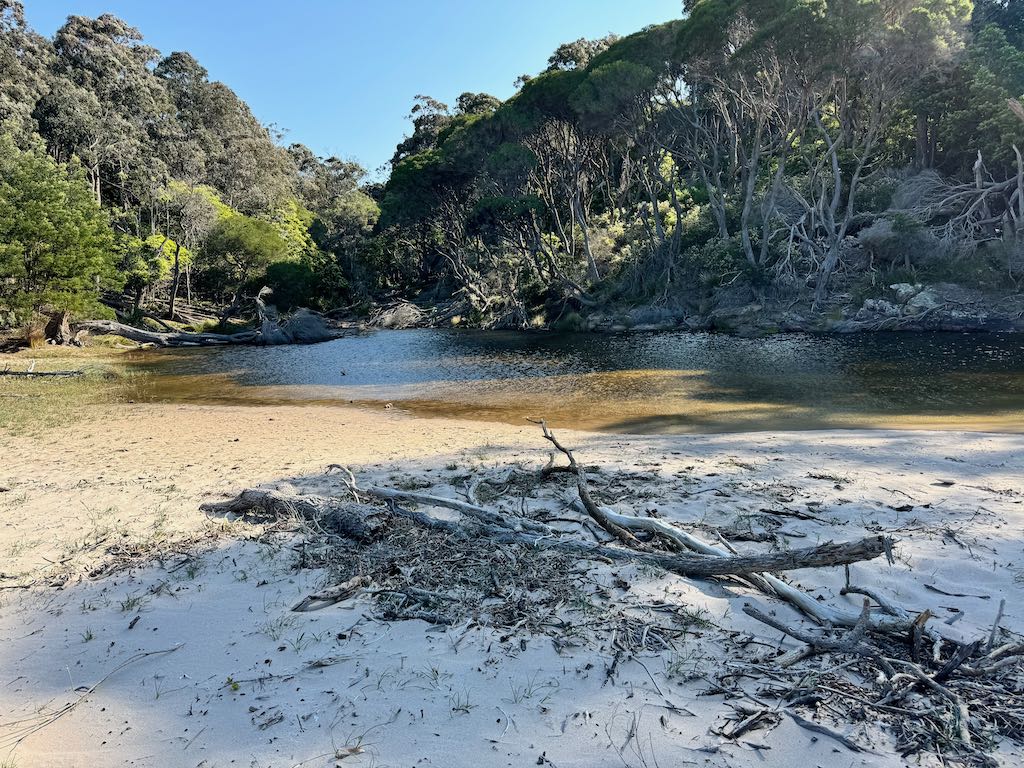
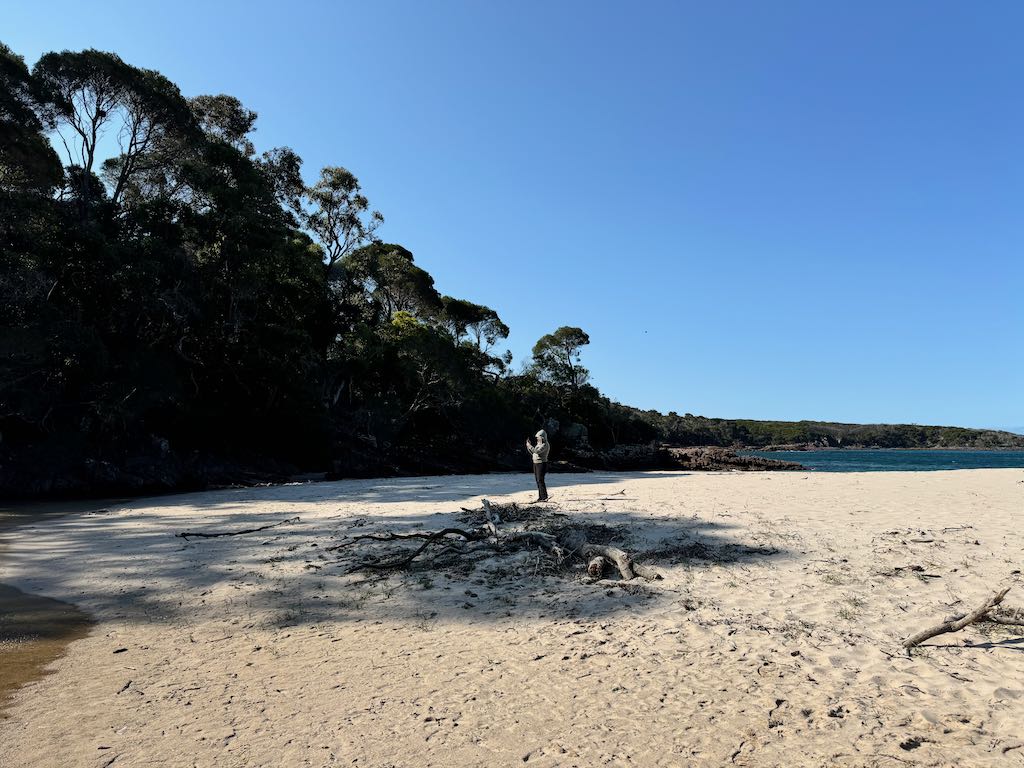
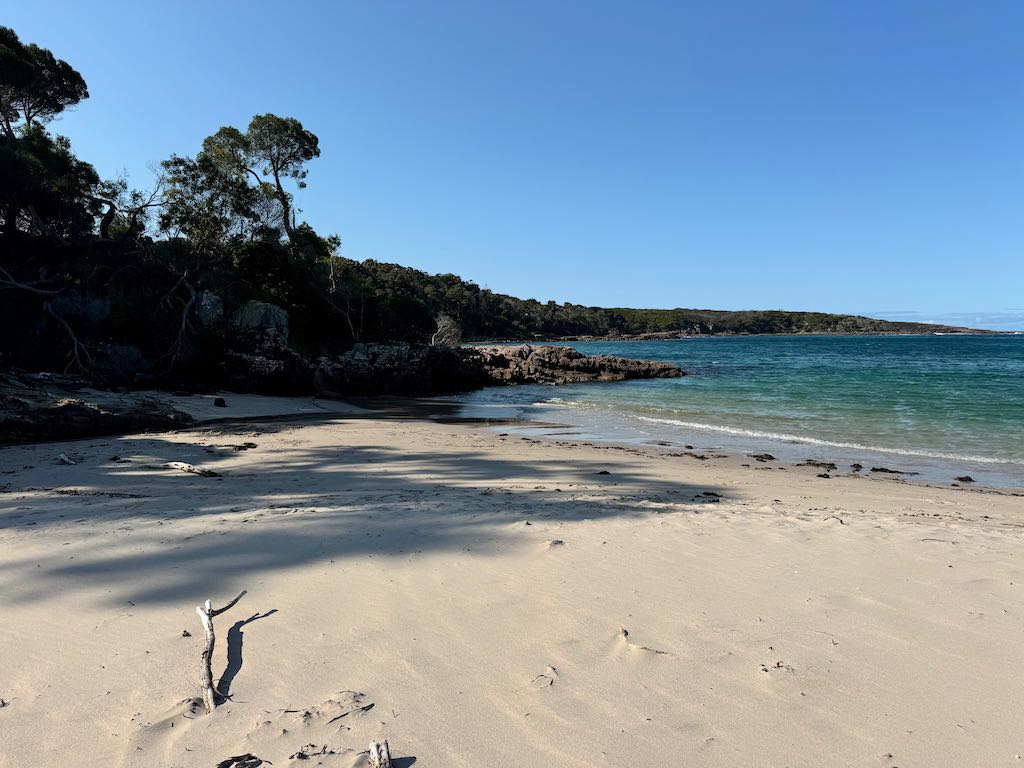
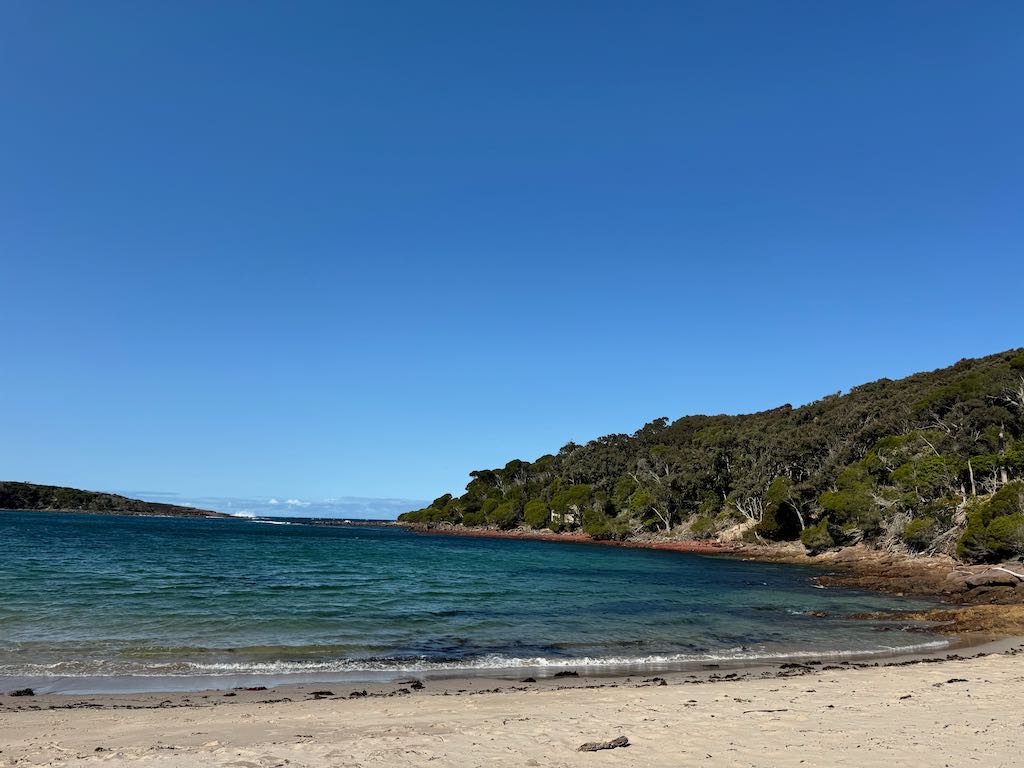
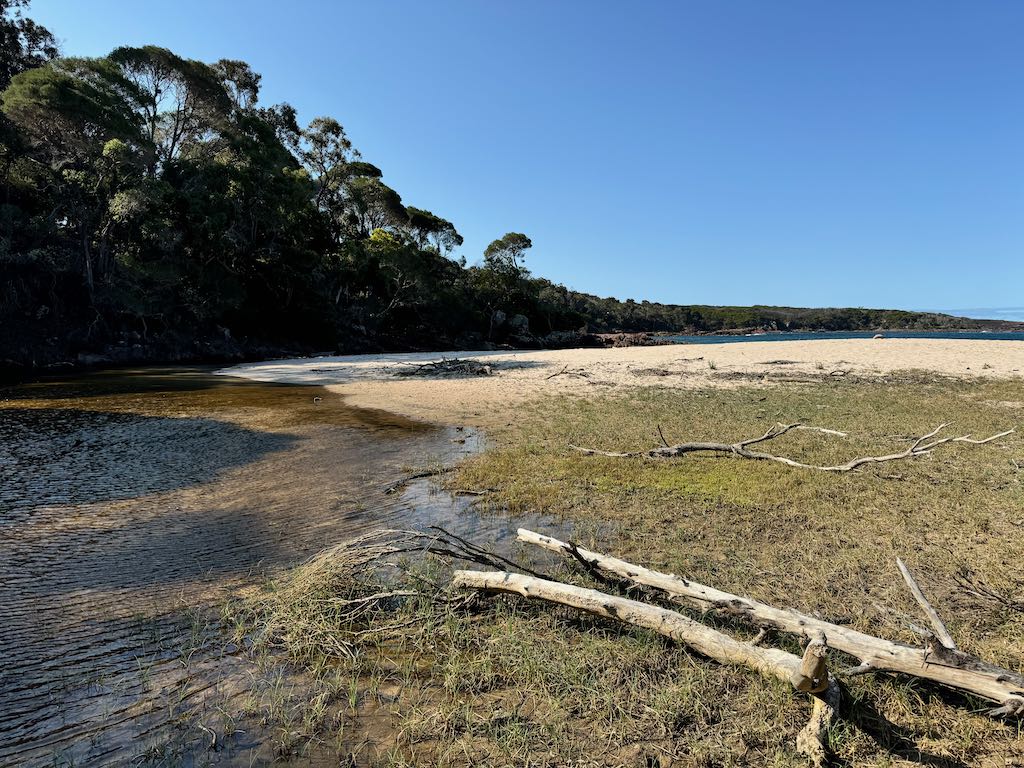


Wildlife and Conservation in Beowa
Beowa National Park is a sanctuary for a variety of native species, including kangaroos, wallabies, and echidnas. Bird watchers will delight in spotting sea eagles, oystercatchers, and the vibrant rainbow lorikeets that call this park home. The park is also part of an important conservation effort to protect the local biodiversity, including endangered shorebirds and marine life.
Historic Sites and Cultural Heritage
Beowa holds significant cultural heritage for the Indigenous peoples of the region, and there are areas within the park that are deeply connected to their history and traditions. The park’s name change from Ben Boyd to Beowa reflects a move to recognize and respect the traditional custodians of the land. Interpretive signs throughout the park provide information about the area’s Indigenous history, allowing visitors to gain insight into the deep connection between the landscape and the Indigenous communities.
Planning Your Visit to Beowa National Park
- Location: Beowa National Park is easily accessible from the town of Eden, about a 6-hour drive south of Sydney or a 3-hour drive northeast of Melbourne.
- Accommodation: For an immersive experience, consider staying at one of the park’s campgrounds, such as Bittangabee Bay or Saltwater Creek. Nearby towns like Eden and Merimbula also offer a range of accommodation options, from cozy B&Bs to family-friendly hotels.
- When to Visit: The park is open year-round, but the best time to visit is during spring (September to November) when the weather is mild, wildflowers are in bloom, and whale-watching is at its peak.
Final Thoughts
Beowa National Park is a place of immense natural beauty, historic charm, and cultural significance. Whether you’re drawn by the coastal walks, the vibrant marine life, or simply a desire to disconnect in nature, Beowa offers an unforgettable experience. From the dramatic Pinnacles to the serene beaches and wildlife encounters, every part of this park invites you to connect with the rich tapestry of New South Wales’ coastal landscape.
Make the most of your holiday by cooking in this fantastic kitchen!

Top Attractions In and Around Beowa National Park
Beowa National Park, located near Eden on the far South Coast of New South Wales, offers a variety of attractions both within and nearby. Here are some notable sites to explore:NSW National Parks+1NSW National Parks+1
Within Beowa National Park:
- Boyds Tower: Originally intended as a lighthouse, this historic sandstone tower offers panoramic views of the coastline.
- Green Cape Lightstation: A heritage-listed operational lighthouse providing insights into maritime history and stunning ocean vistas.
- The Pinnacles Loop Walking Track: A short walk showcasing striking red and white sandstone formations, reflecting the area’s geological history.
- Light to Light Walk: A multi-day coastal trek connecting Boyds Tower to Green Cape Lightstation, offering diverse landscapes and potential wildlife sightings.sapphirecoast.com.au+3Visit NSW+3NSW National Parks+3
- Bittangabee Bay: A picturesque bay with a campground, ideal for picnicking, swimming, and exploring nearby historic ruins.
Nearby Attractions:
- Eden Killer Whale Museum: Located in Eden, this museum delves into the unique relationship between orcas and whalers, featuring exhibits on local maritime history.
- Twofold Bay: One of the deepest natural harbours in the Southern Hemisphere, offering opportunities for fishing, boating, and whale watching, especially during migration seasons.
- Pambula Beach: Situated north of the park, this beach is known for its clear waters, surfing spots, and resident kangaroos often seen grazing nearby.
- Davidson Whaling Station Historic Site: Preserving the history of shore-based whaling operations, this site offers guided tours detailing the area’s whaling past.
These attractions provide a blend of natural beauty, cultural heritage, and recreational activities, enhancing the experience of visiting Beowa National Park and its surroundings.
The nearest towns to Beowa National Park include:
- Eden – Just 20 minutes away, this coastal town is the closest access point to Beowa National Park, offering accommodations, dining, and historical sites like the Eden Killer Whale Museum.
- Pambula – Located about 30 minutes north, Pambula has a charming village vibe with art galleries, cafes, and local markets.
- Merimbula – Around 40 minutes from the park, Merimbula is known for its scenic beaches, oyster farms, and the Merimbula Aquarium, along with a wide range of visitor amenities.
- Bermagui – Approximately an hour north, Bermagui boasts breathtaking coastal scenery, beaches, and fishing spots.
- Mallacoota (in Victoria) – About an hour’s drive south, this town is famous for its tranquil lakes, coastal views, and pristine wilderness ideal for outdoor activities.
These towns offer convenient bases for exploring the natural wonders of Beowa National Park while providing access to food, lodging, and other essentials.
Take a look at this property for your next getaway.

Tours and Activities:
These are my picks for tours and activities in the area, the links will take you directly to the booking site where I receive a small commission if you book the tour this does not alter the price as the commission comes out of the price from the booking site. I love travelling and providing information to help others maximize their vacations so by booking through my links you help support me to keep providing this information for free and without ads.
2 Hour Highlights of Eden Tour
View on Viator.com 2 Hour Highlights of Eden Tour
Make the most of your port time in the charming town of Eden with this small-group tour that explores the area’s natural highlights. Your guide will bring you to the lovely Eden Rotary Park, where you can spot whales and dolphins in season. You’ll also visit two stunning beaches with epic views, where your guide will share their knowledge of the area’s geology and history.
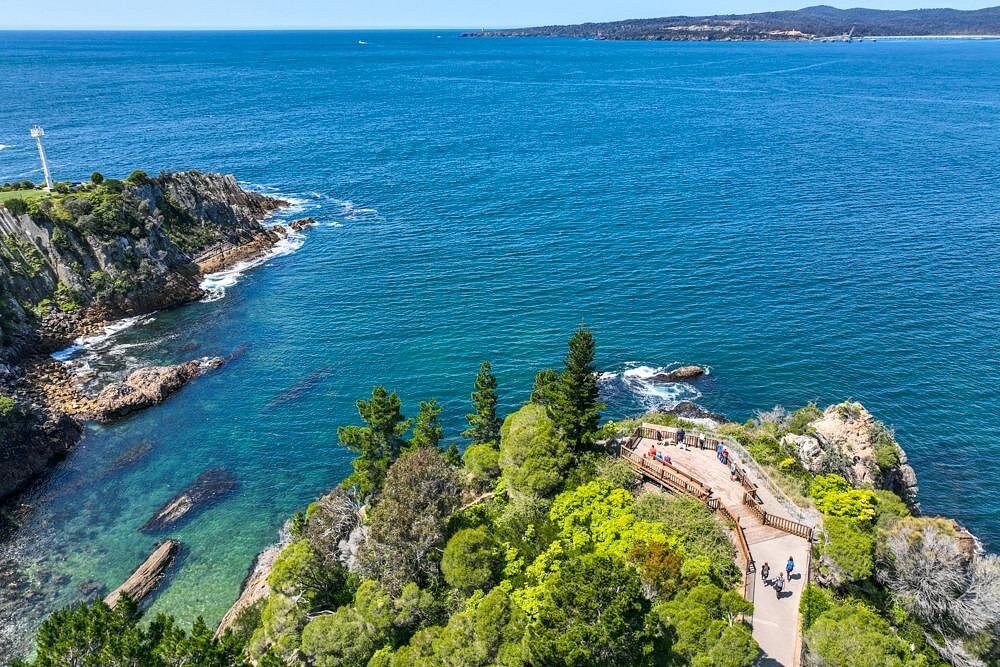


E-Bike Hire & Mountain Bike Hire Port of Eden
View on Viator.com E-Bike Hire & Mountain Bike Hire Port of Eden
Explore Eden at your own pace with our convenient E-Bike and Mountain Bike hire, ideally situated at the Port of Eden. Perfect for cruise ship guests and adventurers alike, our bikes provide a wonderful opportunity for self-guided exploration on two wheels. Take a leisurely ride to Aslings Beach, Lake Cuarlo, take in the views from Rotary Lookout. Our range of bikes cater to all levels of adventure.
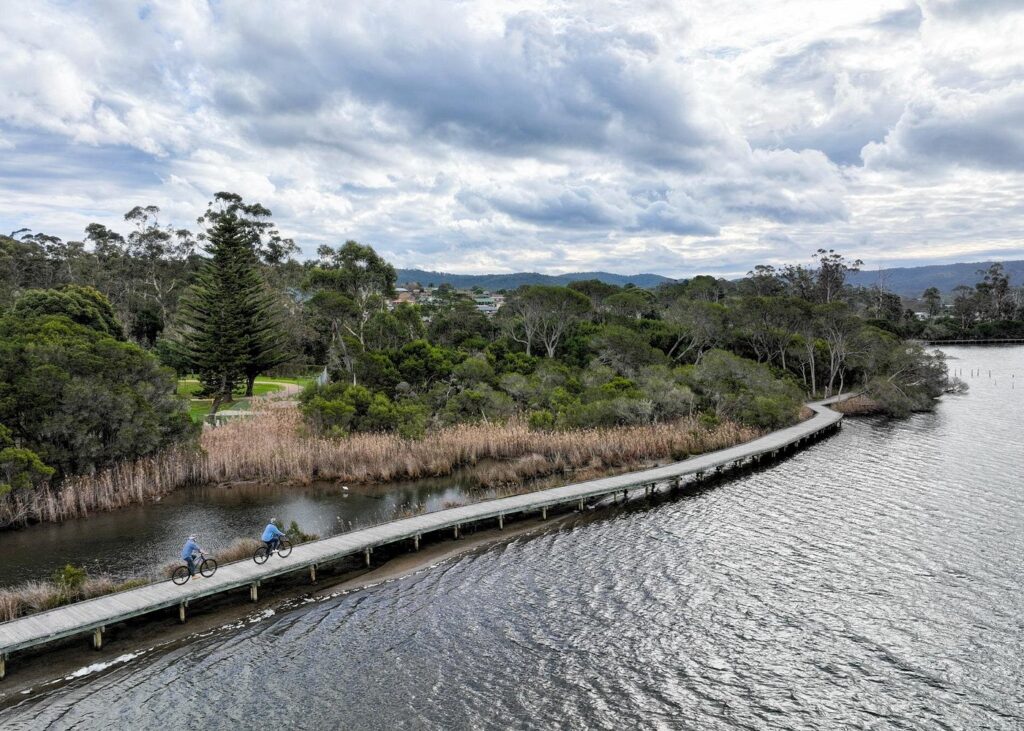
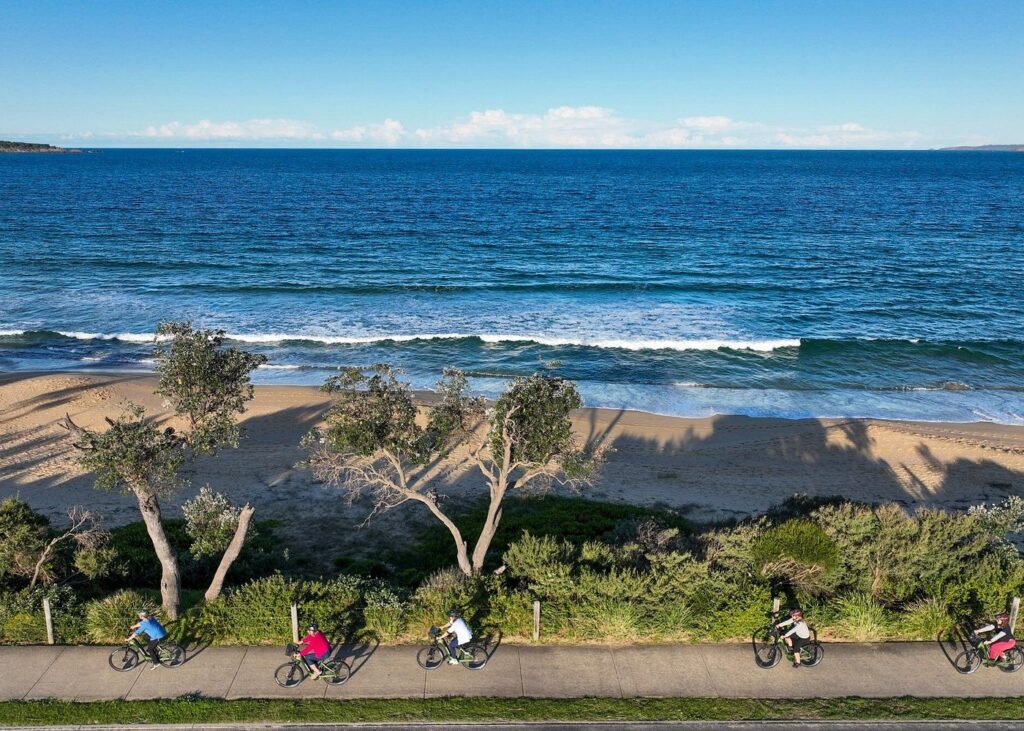

5hr Eden Tour in Nature; Beach, Lookout & National Park
View on Viator.com 5hr Eden Tour in Nature; Beach, Lookout & National Park
Embark on an unforgettable 5-hour journey through Eden’s captivating landscapes, specially designed for cruise-ship guests. Our intimate tour, limited to just 10 guests, ensures a personalized experience as you explore iconic landmarks like Ben Boyd Tower, Davidson Whaling Station, and the dramatic Pinnacles. Immerse yourself in Eden’s natural beauty, from pristine beaches to panoramic lookouts.
Enjoy a delightful light lunch amidst stunning scenery. By booking directly on the Navigate Expeditions website, you’ll not only create lasting memories but also directly contribute to community and conservation efforts. Experience seamless communication, guaranteed support, and the satisfaction of knowing your journey benefits the local community.
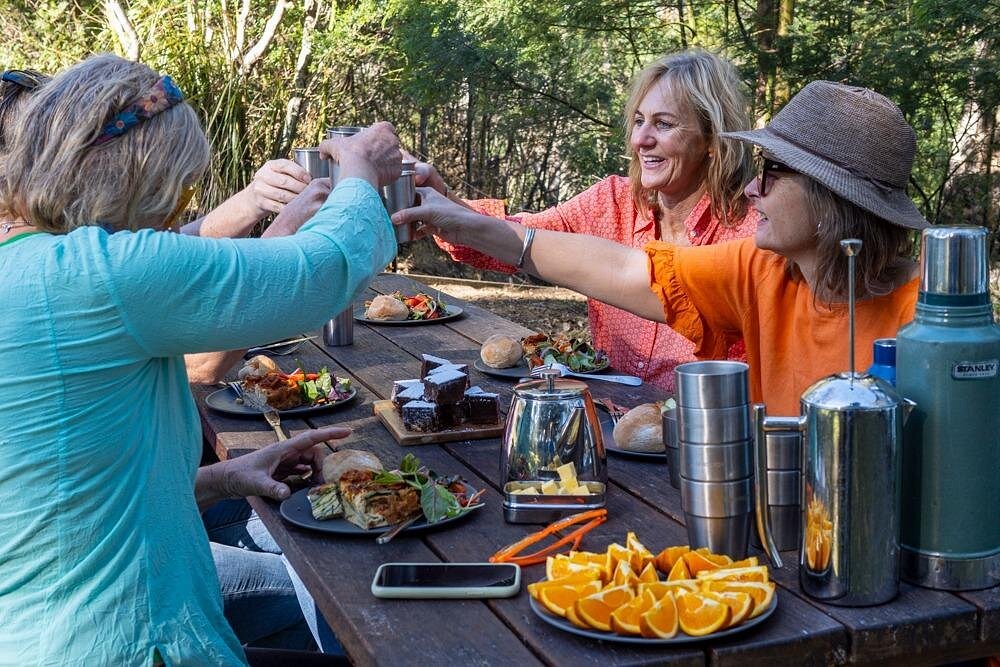
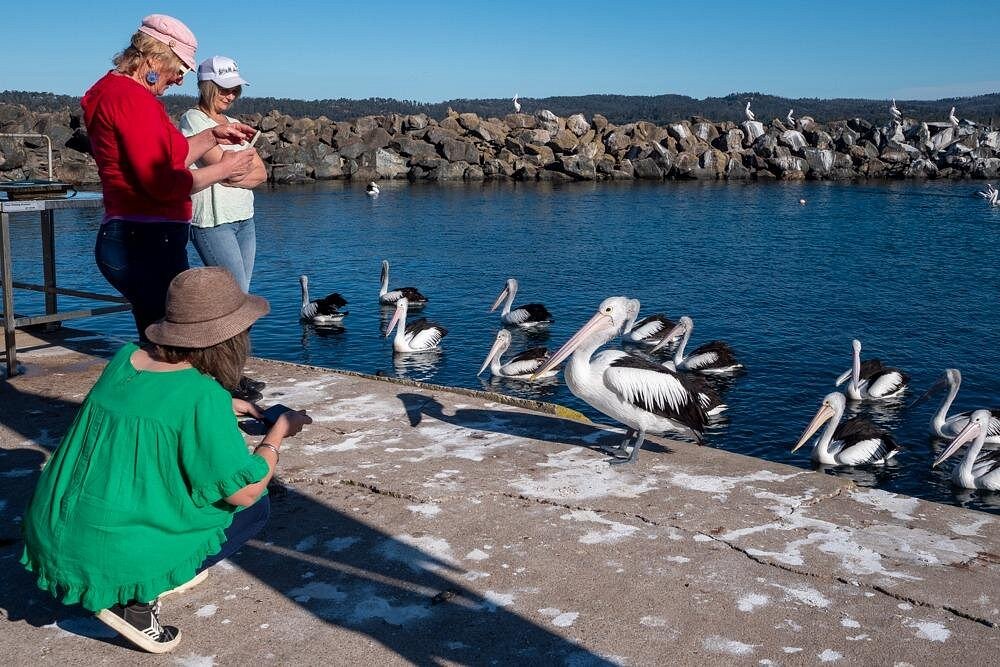
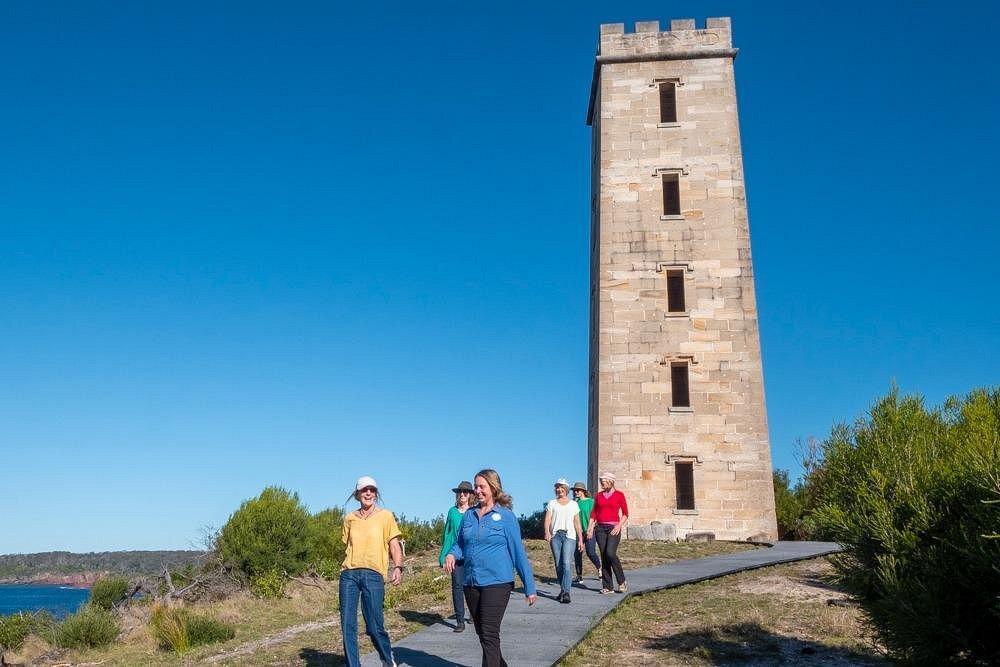
2-Hour Eden Guided E-Bike Tour Around Lake Curalo
View on Viator.com 2-Hour Eden Guided E-Bike Tour Around Lake Curalo
Embark on our Lake Curalo Guided E-Bike Tour for a unique and captivating experience that combines adventure, education, and natural beauty. Our knowledgeable local guide will take you on a journey where ecology, history, and culture converge, providing fascinating insights along the way. With frequent stops at lookout points offering breathtaking views of the beach and lake, as well as the chance for wildlife encounters, you’ll be immersed in the awe-inspiring surroundings. We provide quality step-through E-bike and equipment, ensuring a comfortable ride through mostly flat off-road terrain. From cormorants and spoonbills to pelicans and azure kingfishers, the diverse birdlife will delight nature enthusiasts. This 2.5 hr tour offers a comprehensive and immersive adventure. Book our Lake Curalo Bike Tour today and create lasting memories while discovering the wonders of this captivating region. Perfect for Eden cruise guests with a limited time and who want to be active in nature.
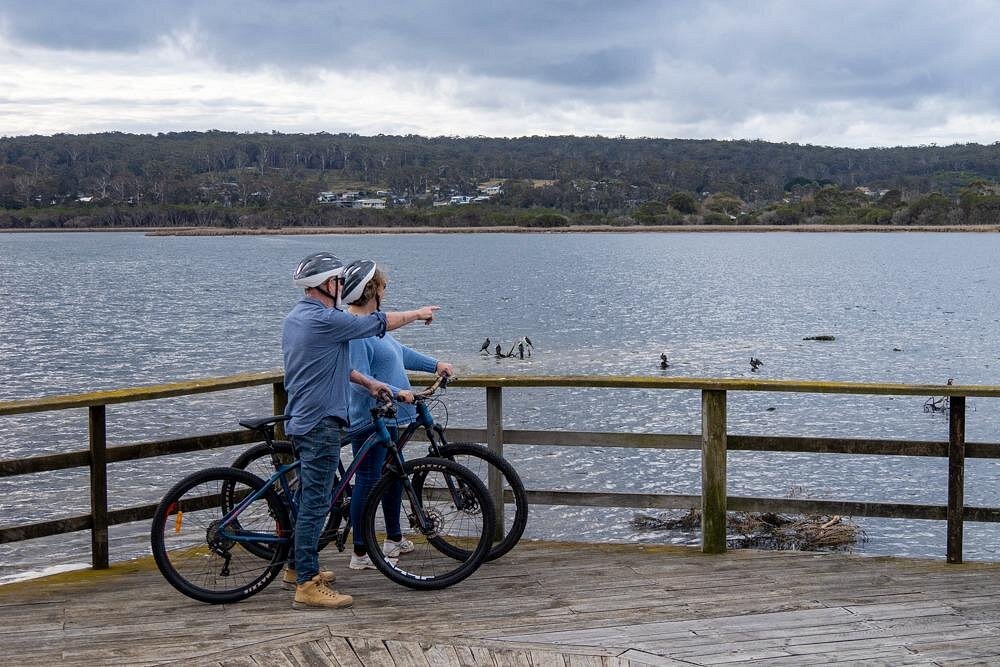
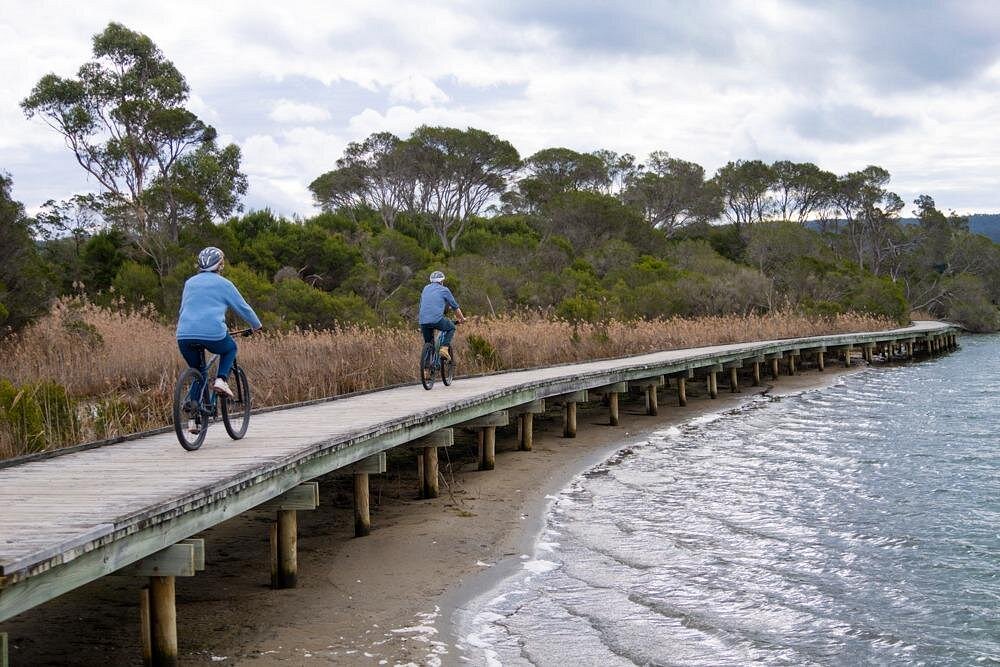
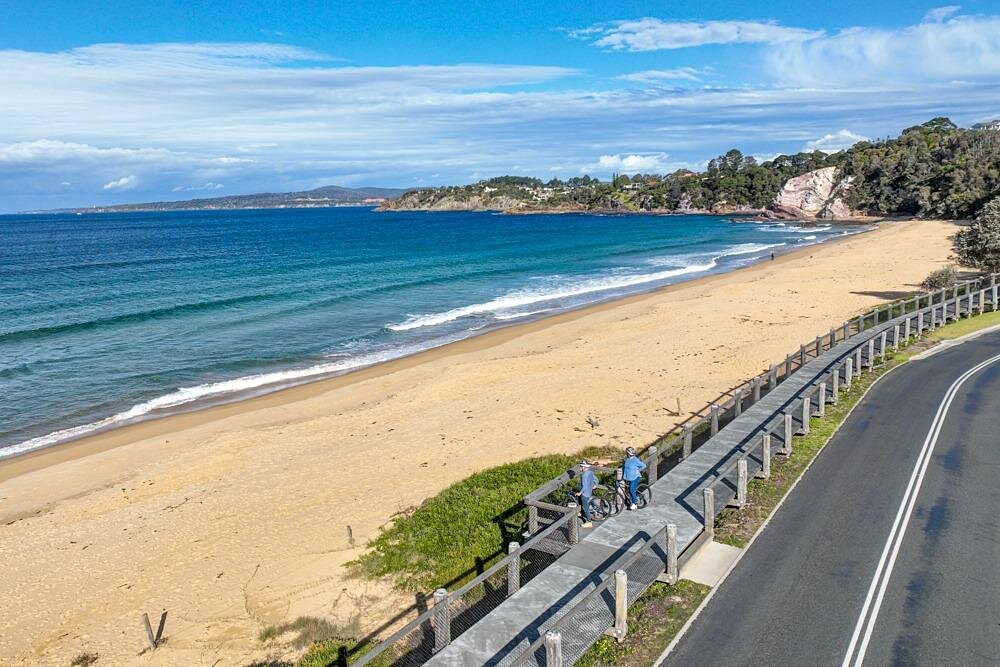
Light to Light Walking and Kayaking Tour, 3 nights
View on Viator.com.au Light to Light Walking and Kayaking Tour, 3 nights
Green Cape Lighthouse tour and accommodation – Perched on the edge of a peninsula the lighthouse is steeped in seafaring history, spectacular views of Disaster Bay and comfortable historic accommodation
Guided hiking – Explore stunning coastal scenery, heathlands and forests, opportunities for wildlife viewing, diversity of plants and historical features
Indulge in locally grown, harvested and produced chef prepared meals
Navigate Expeditions will plant a tree on land for conservation, on behalf of every guest
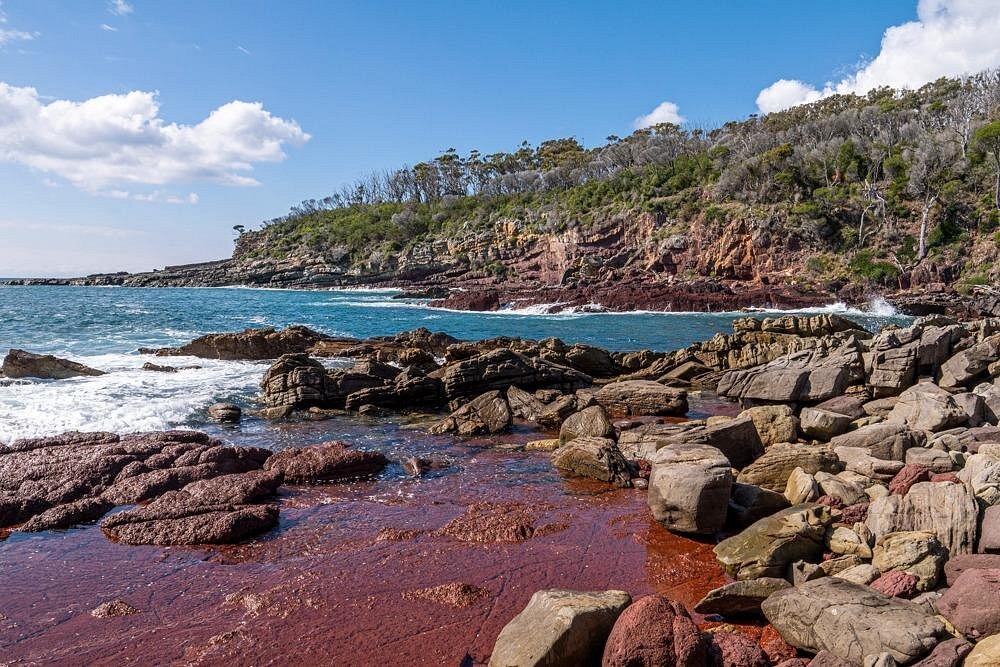
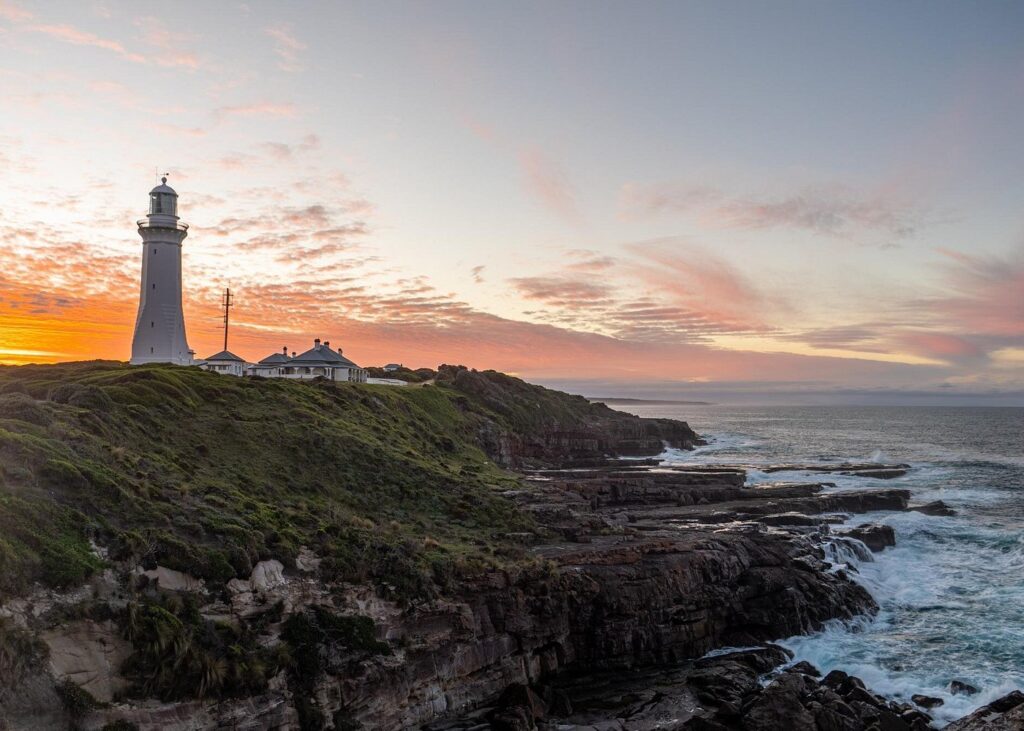
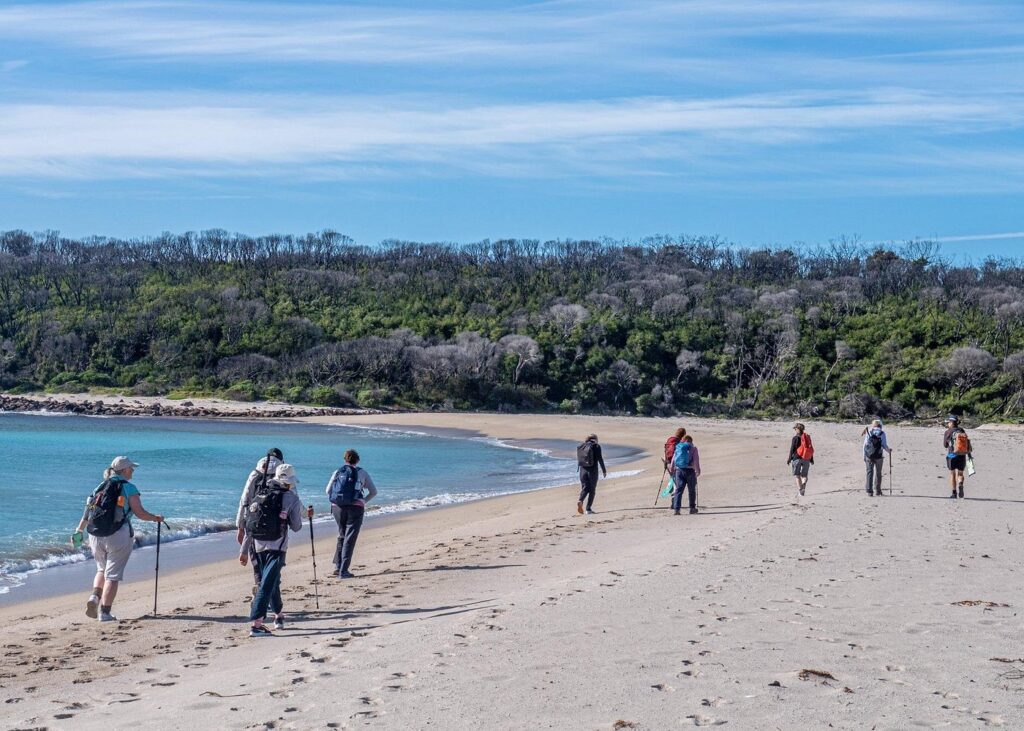
Pambula River Kayaking Tour
View on Viator.com Pambula River Kayaking Tour
The Pambula River tour offers a unique kayaking experience with expert guides who have specialized knowledge of the ecology, culture, and history of the area. Along the way, you’ll stop at a beautiful beach for a gourmet morning tea that includes sweets, tea, coffee, and juice, with time to take a refreshing swim.
One of the highlights of the tour is the opportunity to spot a variety of birdlife, such as pelicans, herons, sea eagles, egrets, sandpipers, oystercatchers, and more. The guides also provide interesting information about the Beowa National Park and oyster farming on the Pambula River, adding a cultural and educational dimension to the experience.
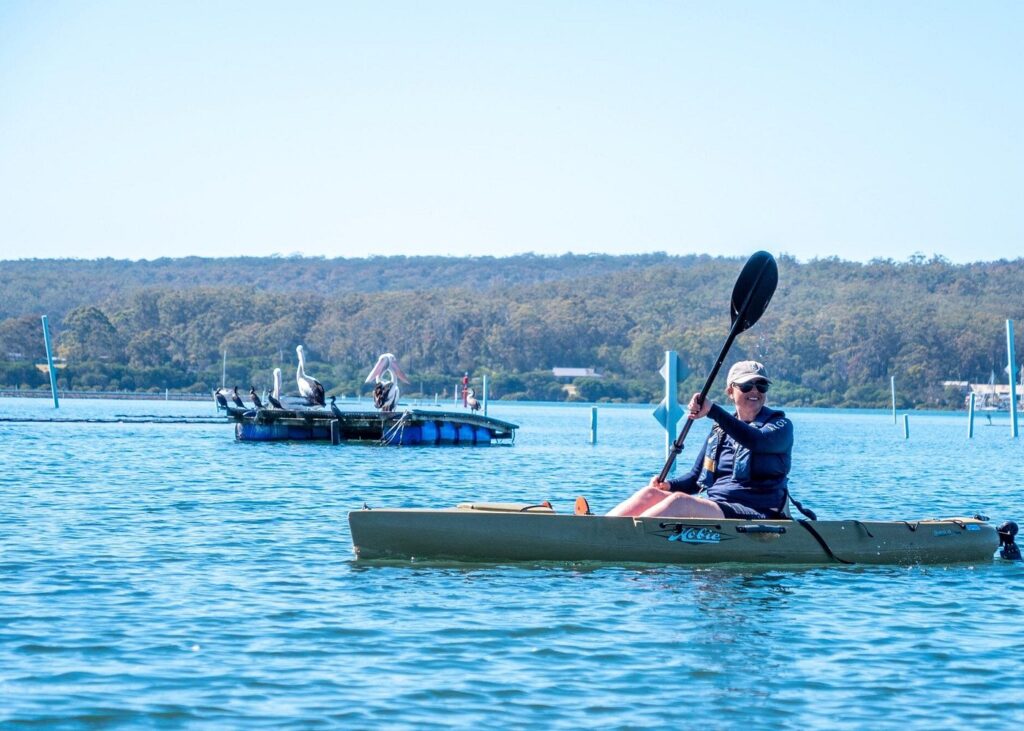
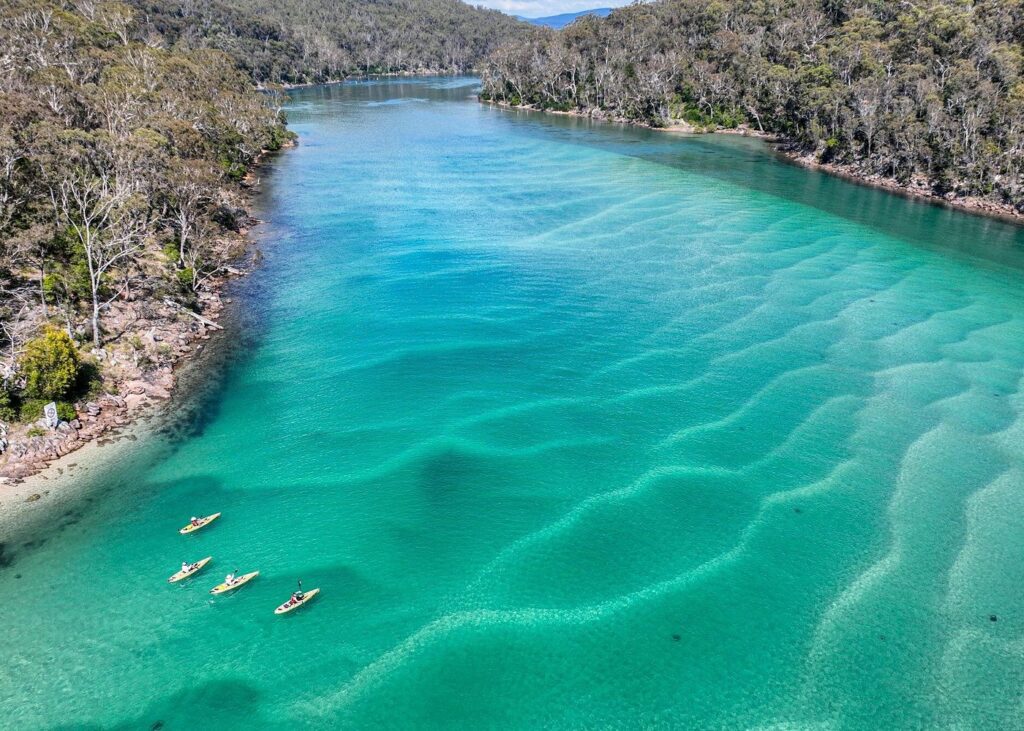

4 Hour Aboriginal Culture Tour Kayaking Pambula River
View on Viator.com 4 Hour Aboriginal Culture Tour Kayaking Pambula River
The Aboriginal culture tour offers more than just scenic beauty; it’s a journey into the heart of the land’s Indigenous heritage. Participants will gain an understanding of local wildlife names, gather knowledge about traditional bush foods, and marvel at the pristine surroundings that have held meaning for generations. Our aim is to bridge the connection between nature’s splendor and the rich tapestry of Aboriginal culture in our region.

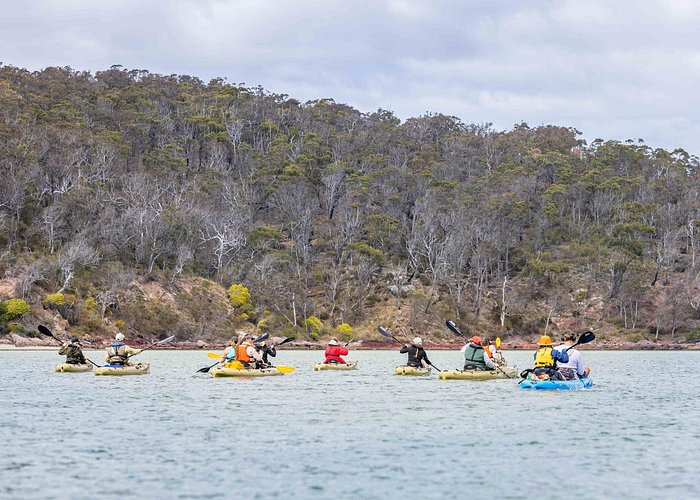
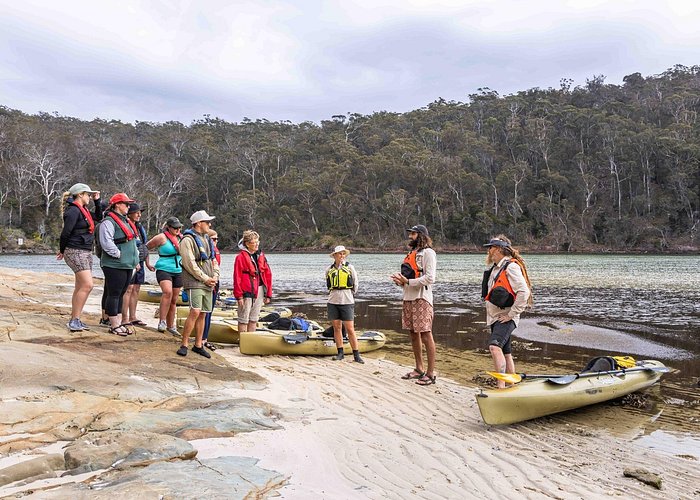
Places To Get Food
- Fig Cafe and Bar
- Master Kebabs and Pizza
- Sprout Eden
- Florabel
- Great Southern Hotel
- Eden Pizza
- Pizza Holic
- Broadwater Oysters
- Journeys Aus
- Aqua Pambula Beach
- Oaklands Barn
- Banksia Restaurant
- Tea Tree
Accommodation
These are my picks for accommodation in the area, the links will take you directly to the booking site where I receive a small commission if you book and stay, this does not alter the price as the commission comes out of the price from the booking site. I love travelling and providing information to help others maximize their vacations so by booking through my links you help support me to keep providing this information for free and without ads.
Ingenia Holidays Eden Beachfront
View on Expedia.com.au Ingenia Holidays Eden Beachfront
Beachfront holiday park with an outdoor tennis court
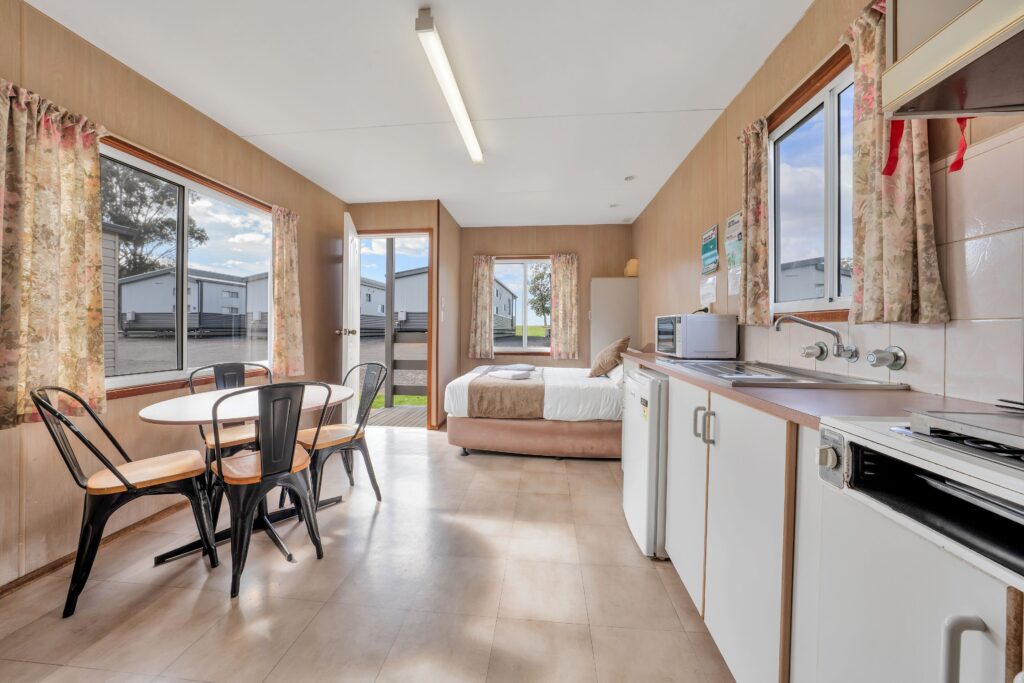

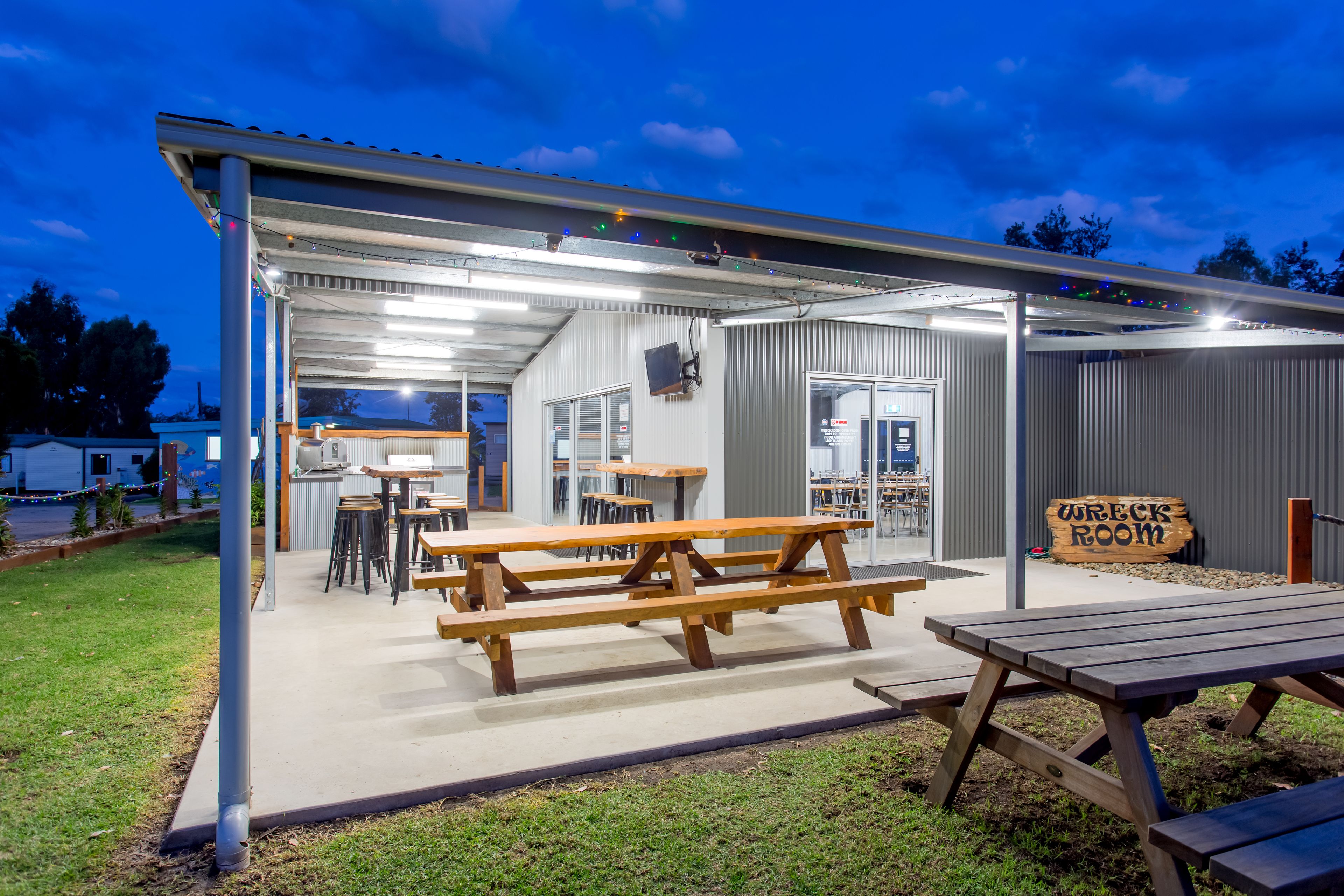
Whalevue Apartment, with stunning views
View on Expedia.com.au Whalevue Apartment, with stunning views
Whalevue is a freshly renovated 2 bedroom apartment with incredible ocean views. A modern seaside haven right in the middle of Eden.
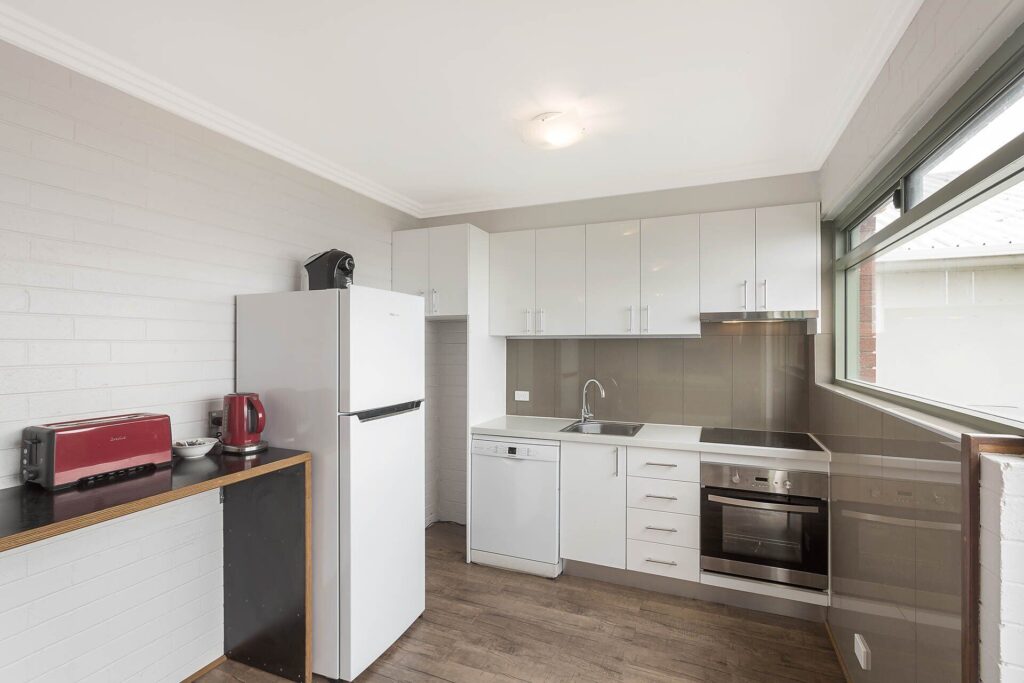

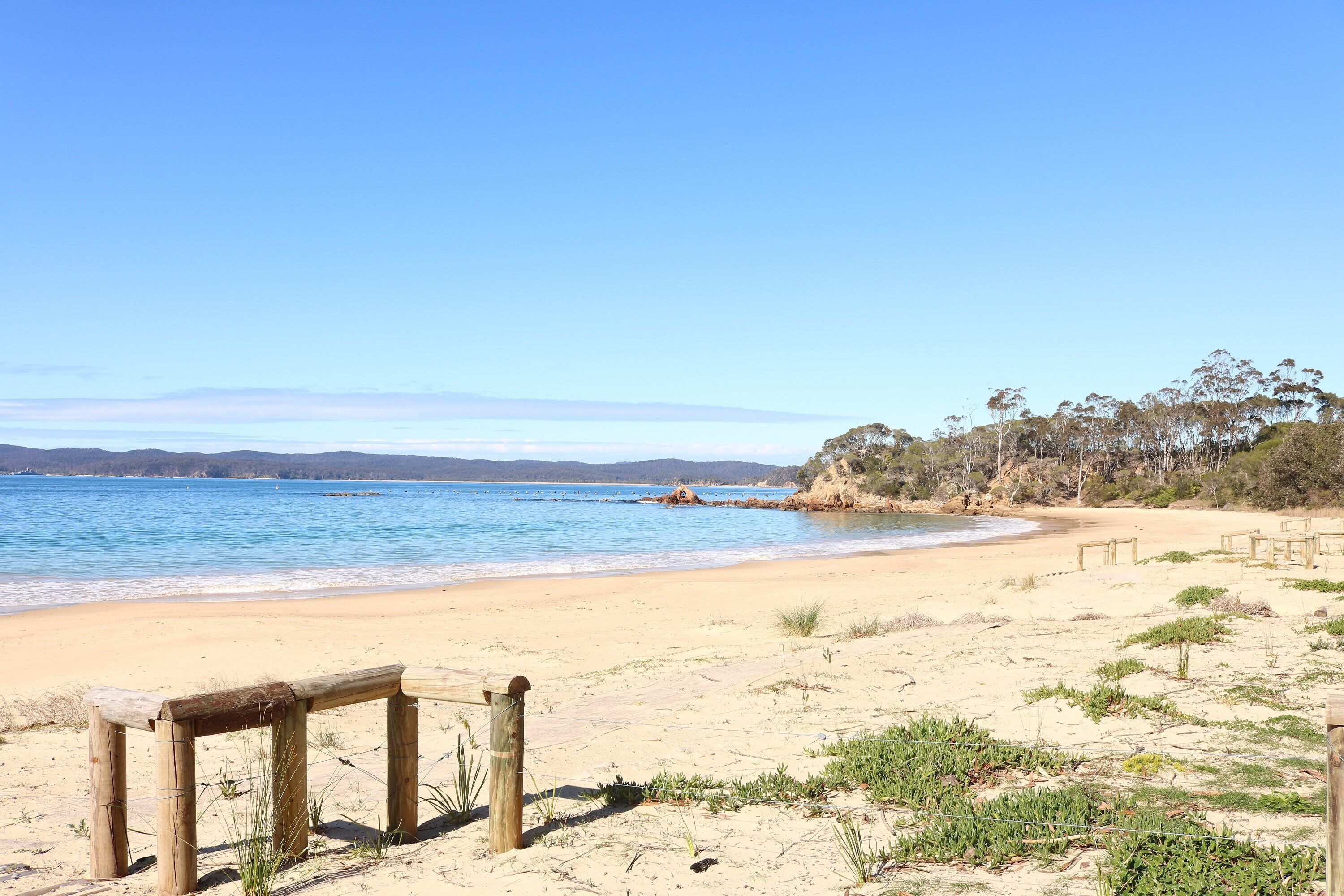
Shore break 6: Right at the beach
View on Expedia.com.au Shore break 6: Right at the beach
A brand new luxury 2 bedroom apartment. Shore Break is located just a stones through away from Eden’s Famous Aslings Beach. With stunning ocean views and salty ocean air you will relax and enjoy this beautiful apartment and all it has to offer.
Shore Break is set out on 2 levels. Downstairs houses a small outdoor area, garage, 2 bedrooms, 2 bathrooms and the laundry. The Main bedroom consists of a Queen bed and built in robes. There are 2 x single beds in the second bedroom with built in robes. The Main bathroom boasts a lovely free standing bath as well as a walk in shower. The hidden laundry includes a washing machine and dryer. In addition, the second bathroom has a walk in shower and toilet.

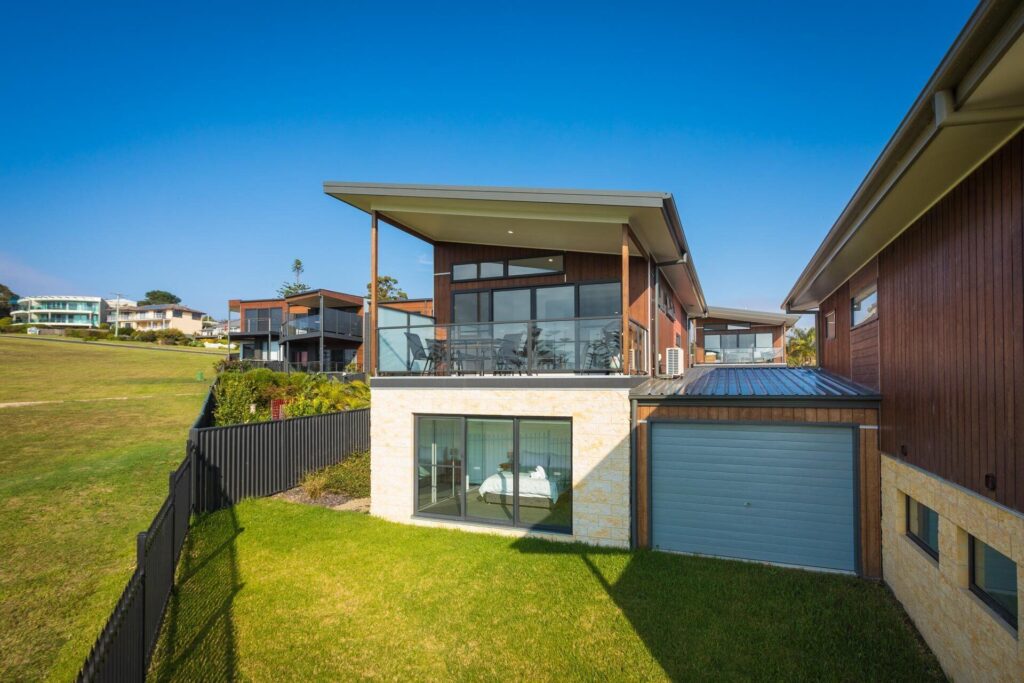

Lakeside Living Eden
View on Expedia.com.au Lakeside Living Eden
Lakeside living at its best!
Located right across the road from Lake Curalo and the board walk leading to our locals favourite Aslings beach! Wake up each morning and take a short stroll to the beach to take in the breathtaking sunrises.
This 3 bedroom, 2 bathroom home provides the whole family with space, comfort and all your modern conveniences. The large open planned living area and kitchen flows out onto the large covered front balcony that then wraps around the side of the house. Perfect for those summer evenings enjoying the sea breeze.
The main bedroom is home to a queen sized bed, ceiling fan, air-conditioning and ensuite. The second bedroom is also home to a queen sized bed and ceiling fan and the third bedroom consists of a single bunk for the kiddies.
There is a fully equipped modern kitchen with everything you will need for those longer stays to feel more at home. There is free unlimited WIFI, smart TV.
Don¿t forget to bring your furry friends along and make use of the fully fenced back yard, your furry friends will also enjoy the short walk to the leash free areas surrounding this property.
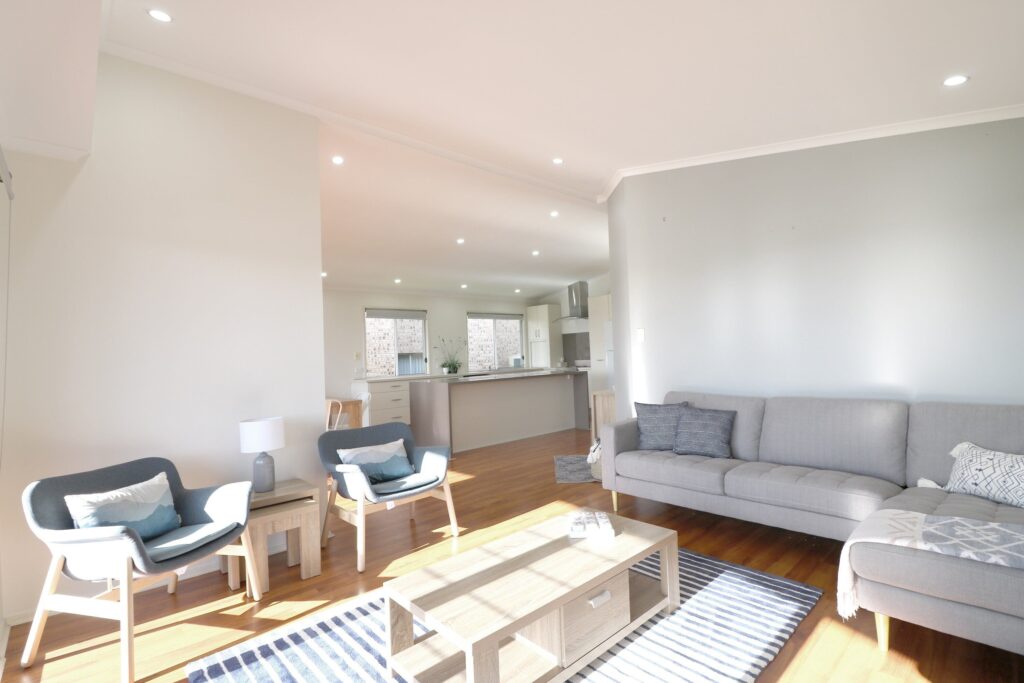
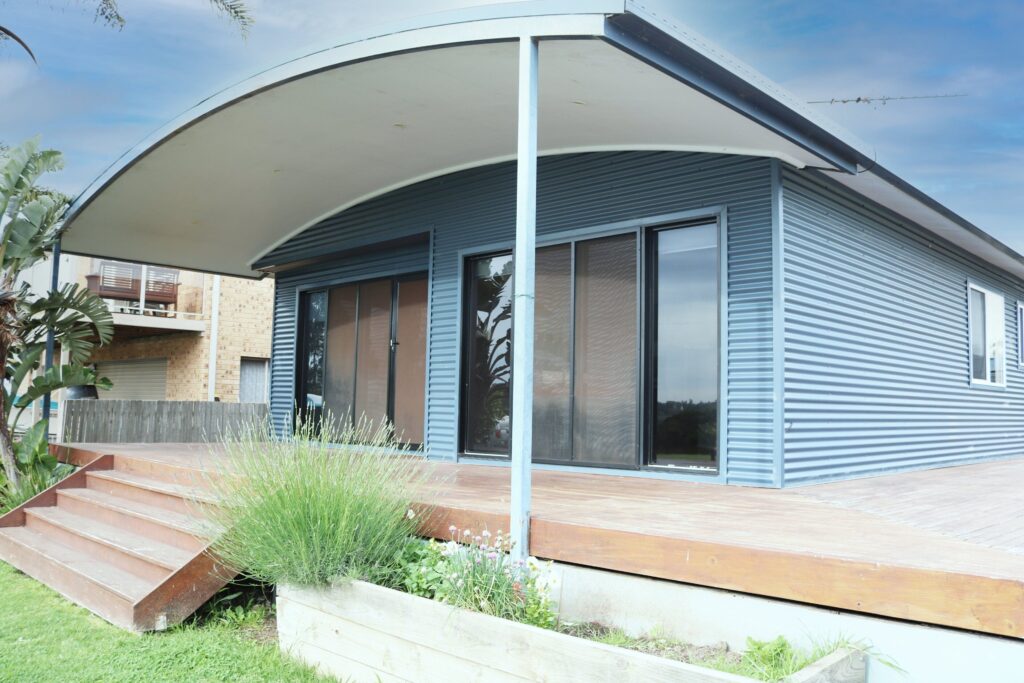

Kingfisher Retreat @ Eden Cove 5 bedroom home
View on Expedia.com.au Kingfisher Retreat @ Eden Cove 5 bedroom home
Property Highlights:
✔️ On-site parking
✔️ Air-conditioned comfort
✔️ Fully equipped kitchen
✔️ Complimentary WiFi



Comprehensive Packing Guide
The links will take you directly to the Amazon site where I receive a small commission if you buy the product, this does not alter the price as the commission comes out of the price from Amazon. I love travelling and providing information to help others maximize their vacations so by buying through my links you help support me to keep providing this information for free and without ads.
Click on this link to see my packing list
Frequently Asked Questions
How do you pronounce the name Beowa?
Name Meaning: Derived from Old English “bēow,” meaning barley. Pronunciation: /ˈbeːo̯wə/. The “ē” sounds like the “a” in “rake,” the “o” like the “o” in “stone,” and the “a” like the “a” in “sofa.”
What does the word Beowa mean?
The word “Beowa” translates to “orca” or “killer whale” in the Thaua language, honoring the Aboriginal cultural heritage of the region.
How much does it cost to go to Bungonia National Park?
$8 per vehicle per day. Daily fees can be paid at the ticket machines at the park office. Contact hours: Some weekends and peak holiday periods only. Call Fitzroy Falls Visitor Centre outside these periods.
Why is Kissama National Park an attraction?
Kissama played a vital role in reintroducing wild animals, a project known as “Noah’s Ark.” The landscape features coastal savannah dotted with majestic Baobab trees. Embark on an unforgettable safari to spot elephants, giraffes, water buffalo, native Palanca antelopes, and sea turtles nesting along the beach.
What is the most mispronounced name?
- Sean – Origin: Irish – 1 million listens
- Xuxa – Origin: Basque
- Victoria – Origin: Latin
- Francisco – Origin: Portuguese/Spanish
- Plato – Origin: Greek
- Anna – Origin: Hebrew
- Estrella – Origin: Spanish
- Alexander – Origin: Greek
How do you pronounce beowawe?
Some pronounce it “Bay-oh-WAH-wee,” while others say “Bee-WAH-way” or “Bee-OH-wah.” Regardless of the pronunciation, Beowawe is also the name of one of two geyser fields located just north of the town.
If you enjoyed this article, you might also find my other writings just as captivating.
FOLLOW ME on Facebook, Instagram, Pinterest, Tik Tok, You Tube and Twitter to see more delicious food and get all the latest updates.

 Exploring the Historic Stony Creek and Wairewa Trestle Bridge
Exploring the Historic Stony Creek and Wairewa Trestle Bridge
Leave a Reply